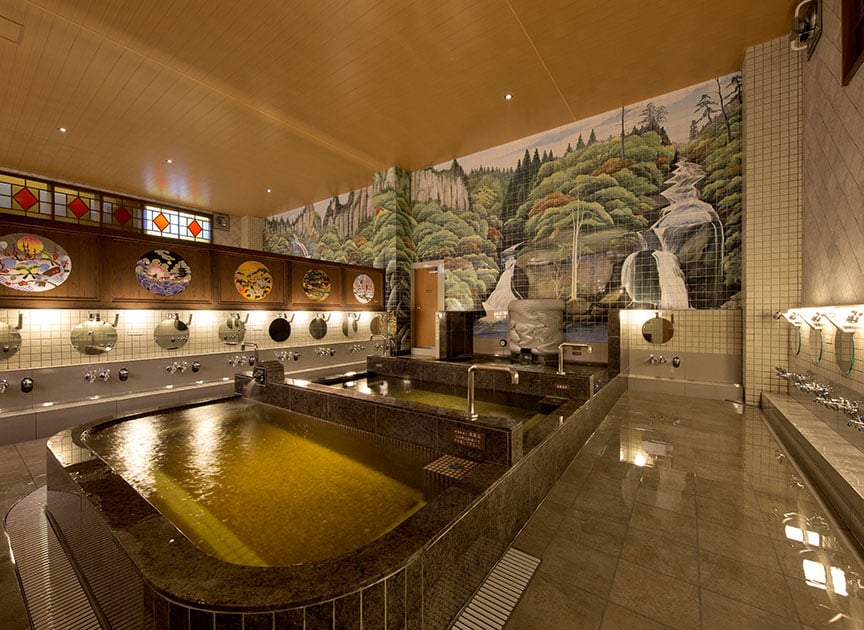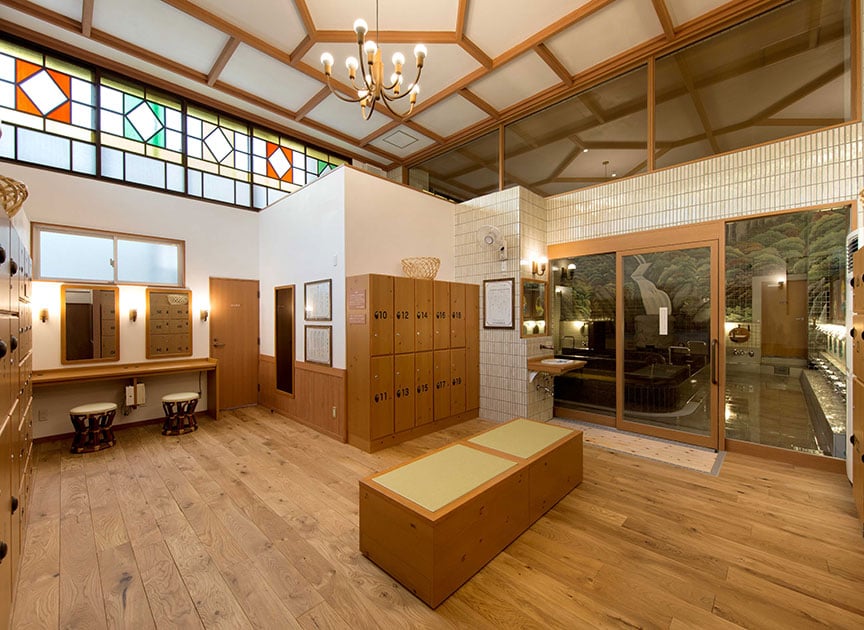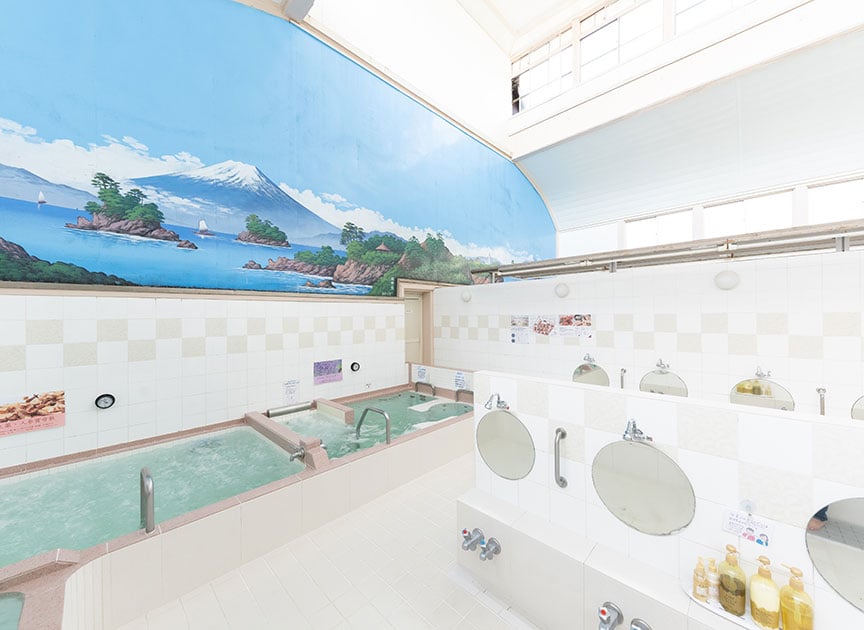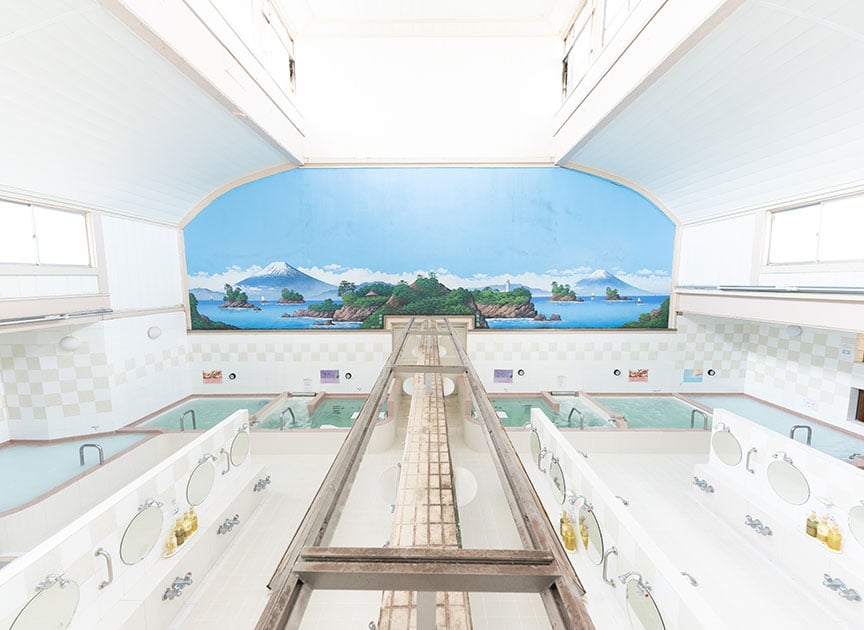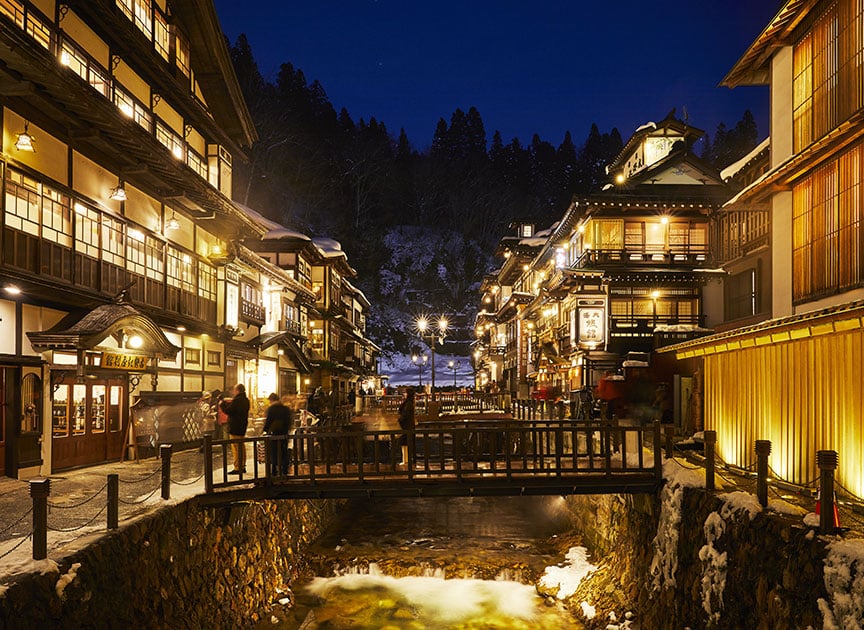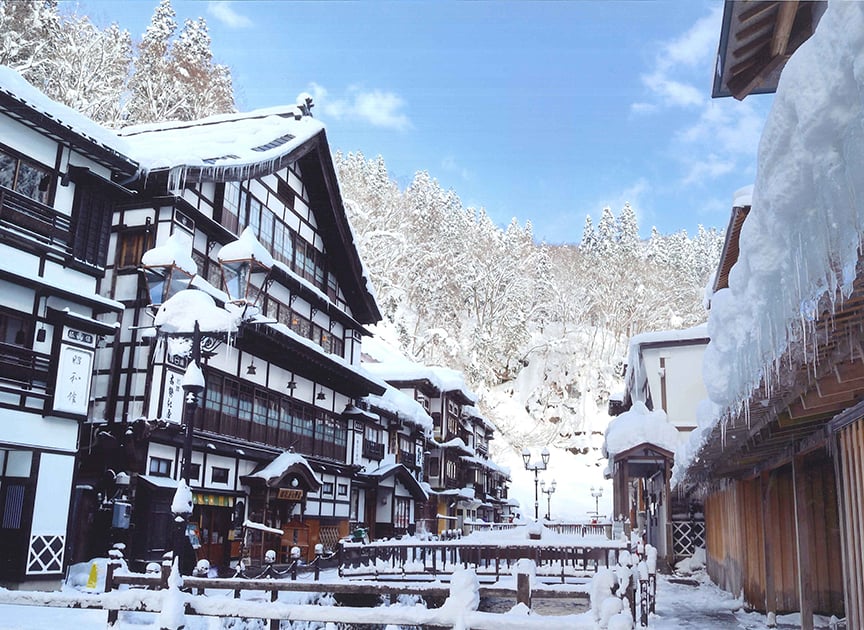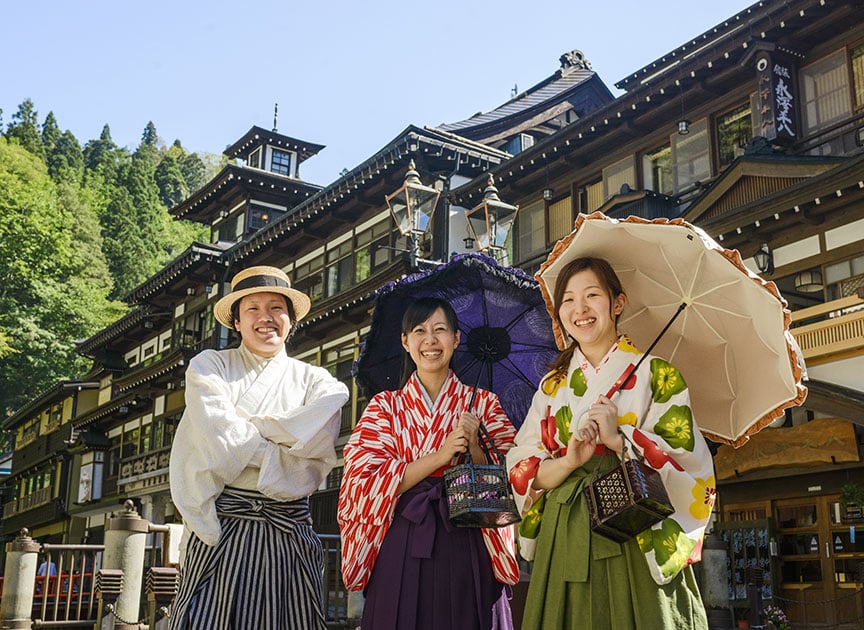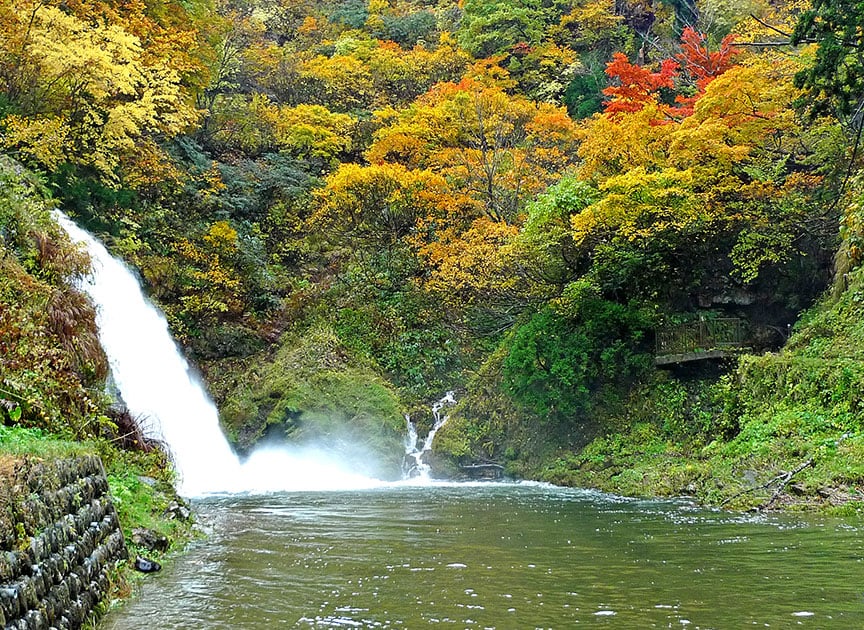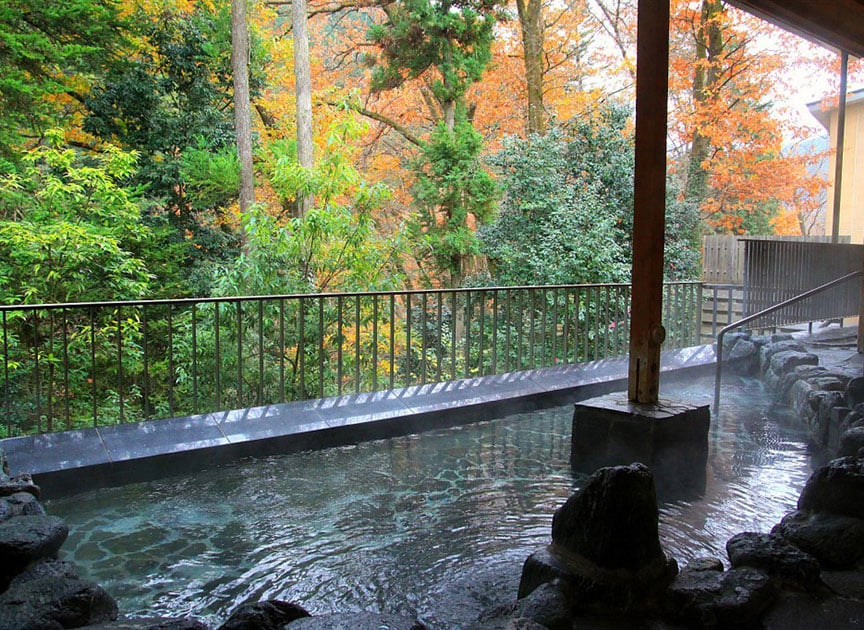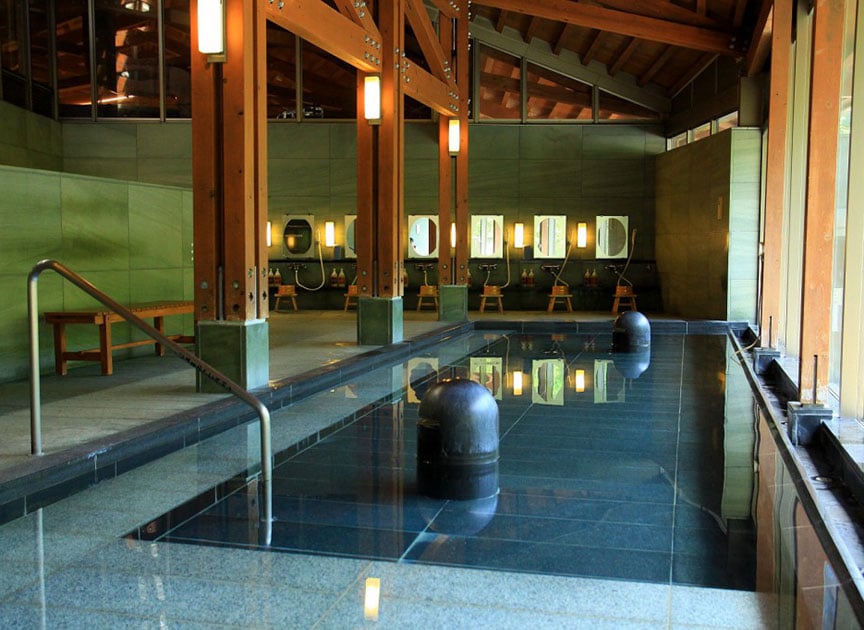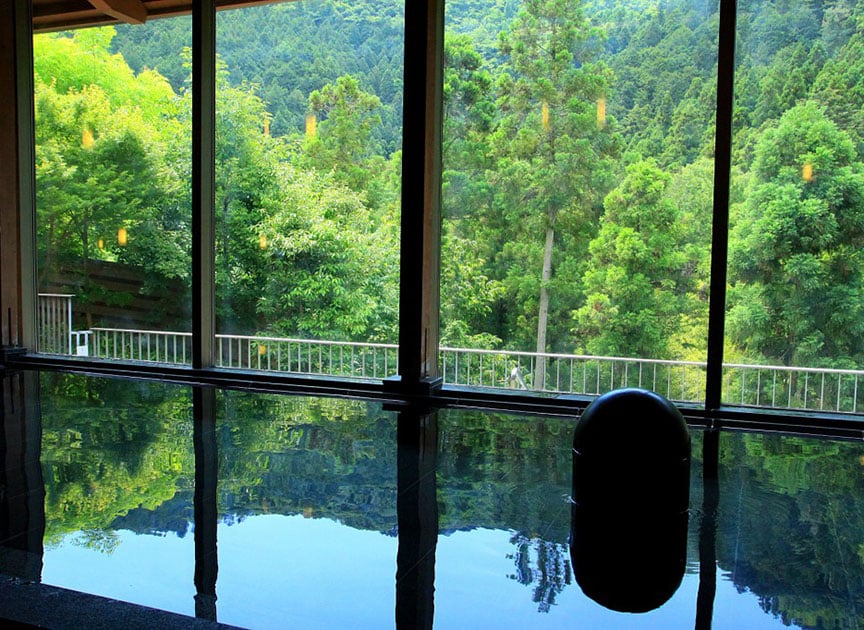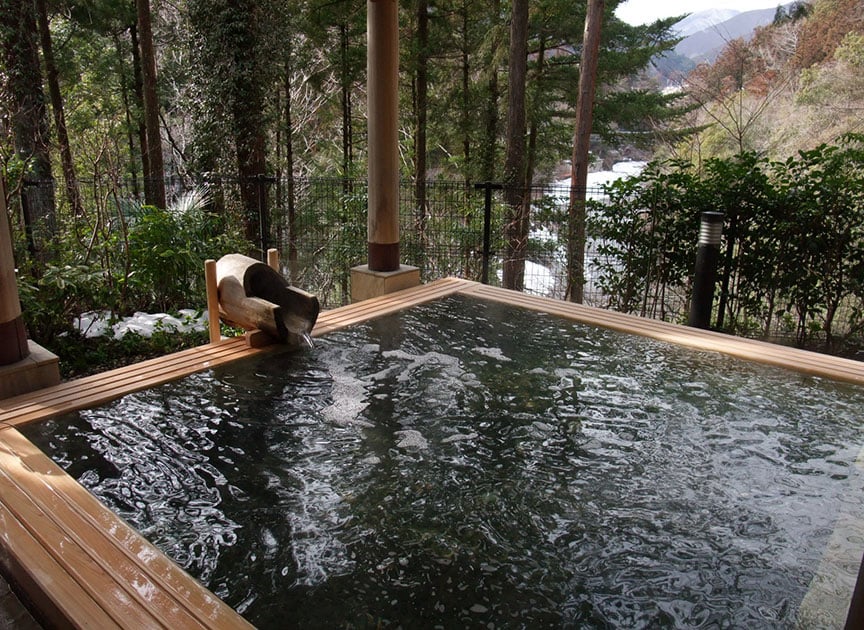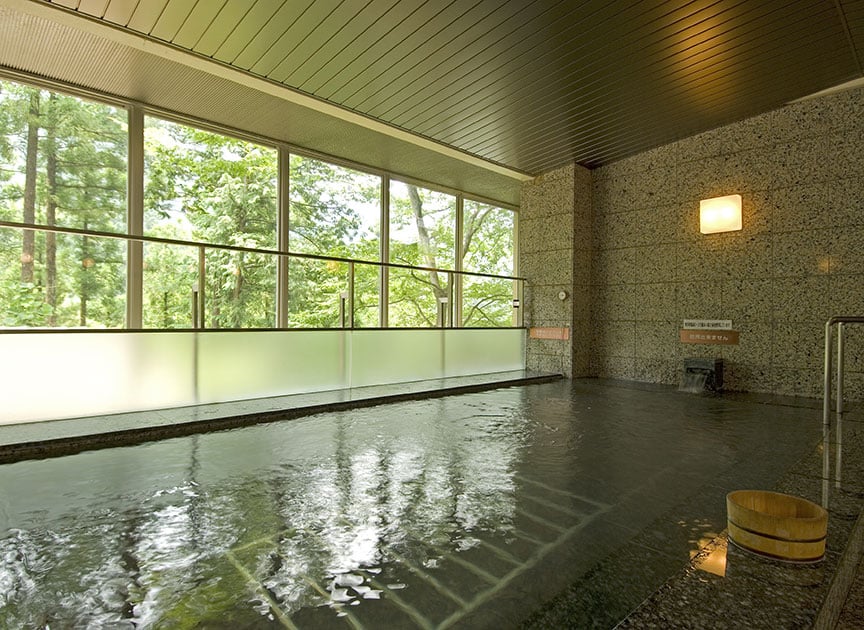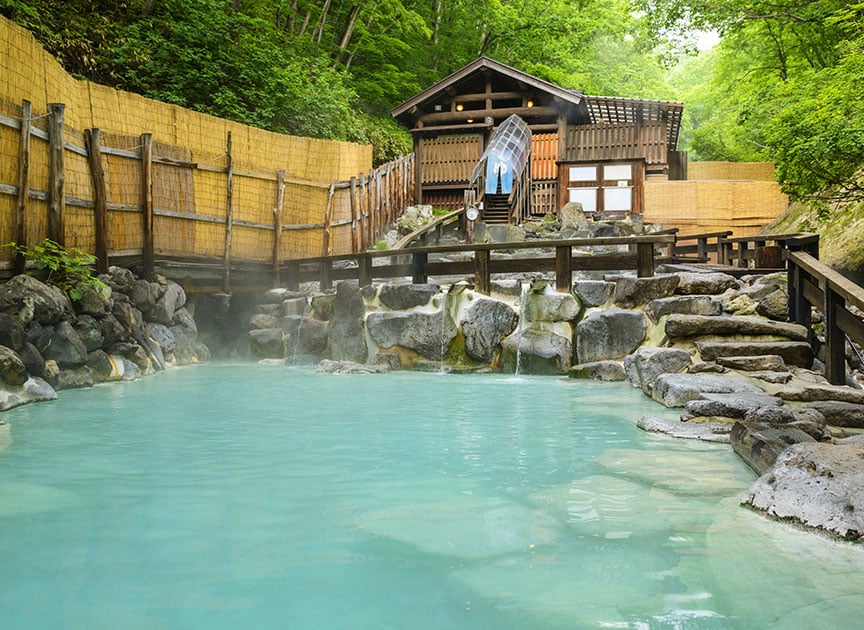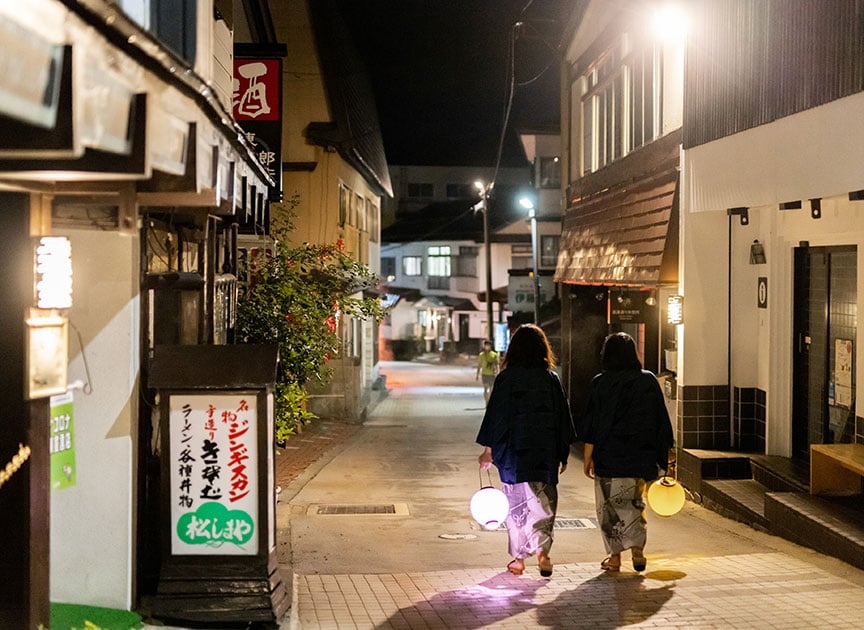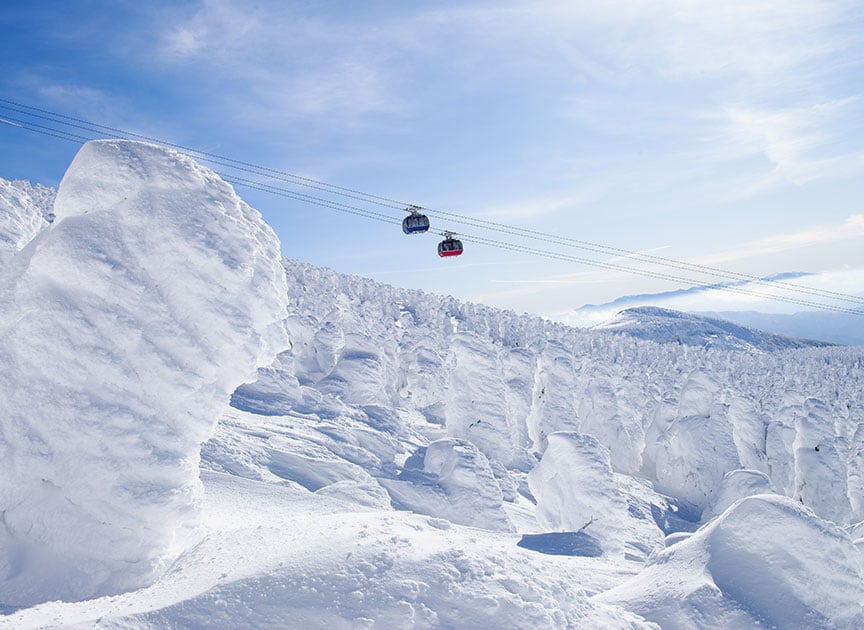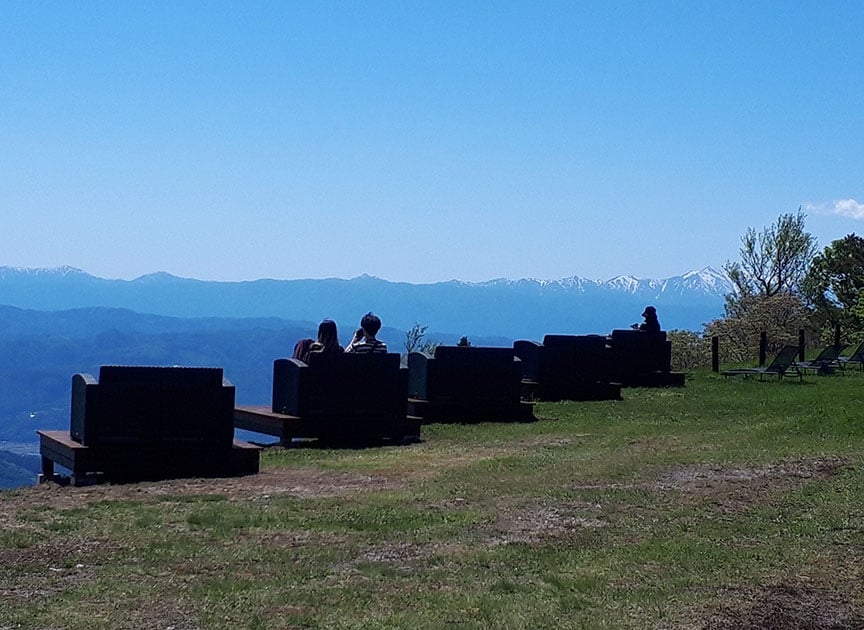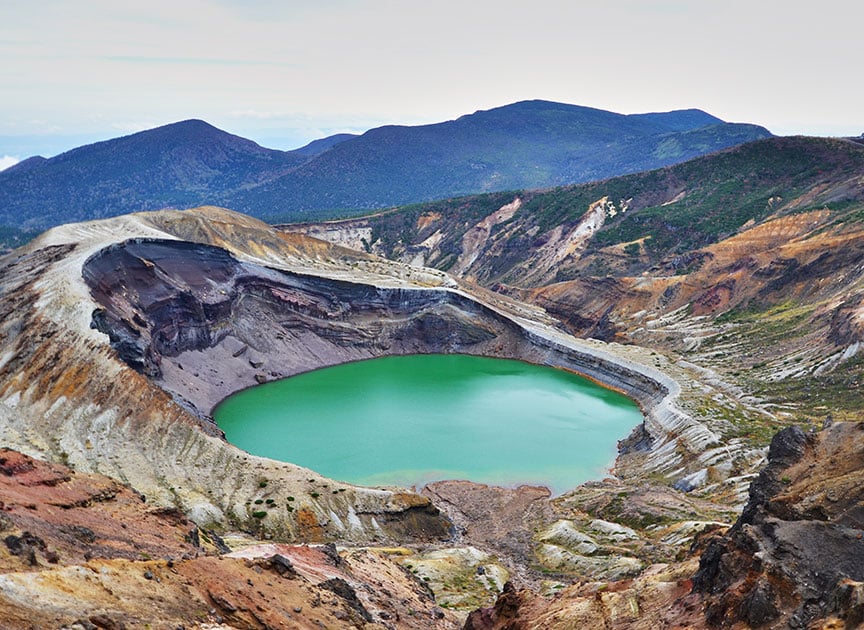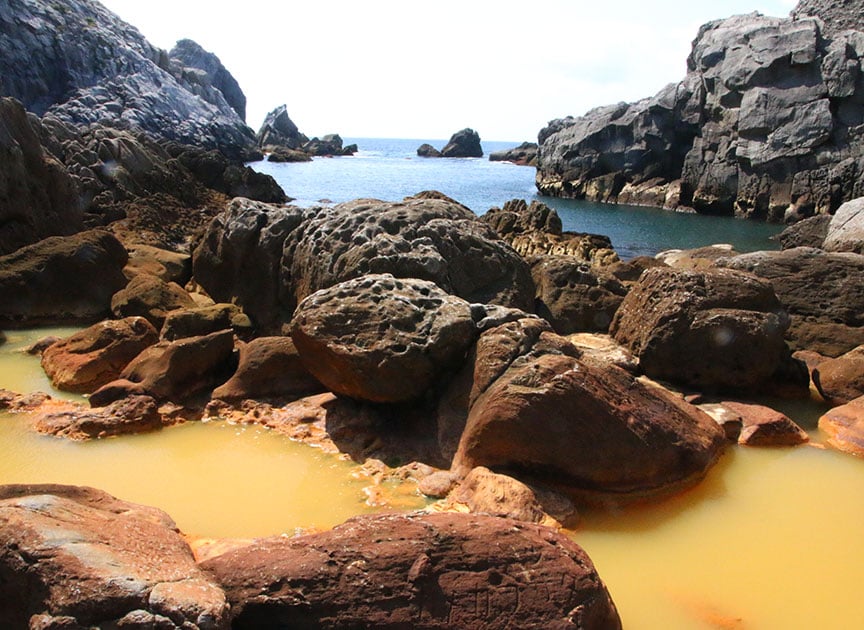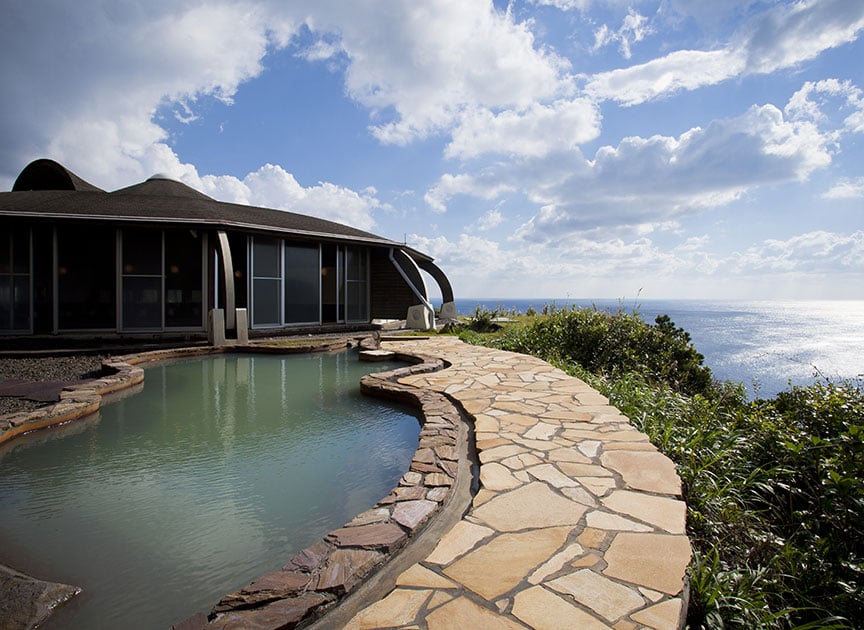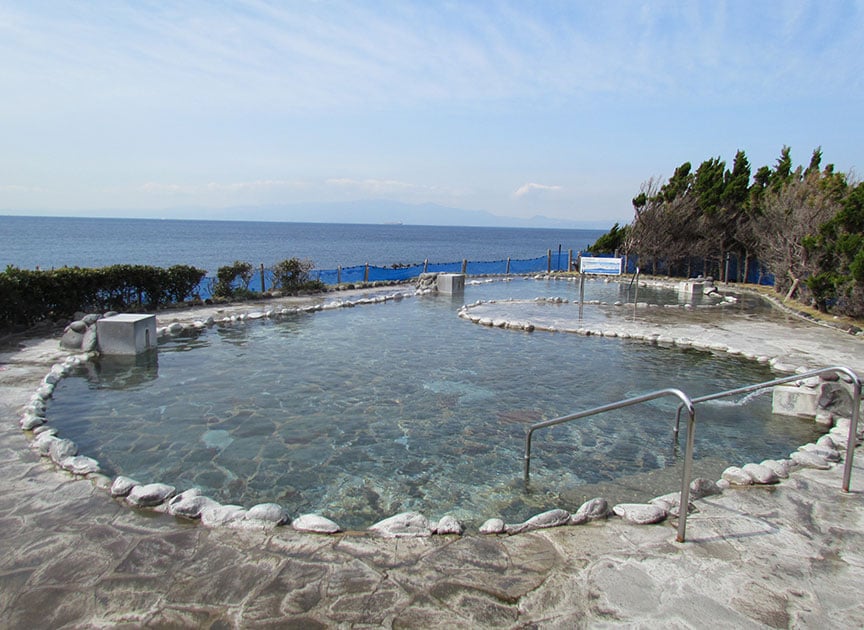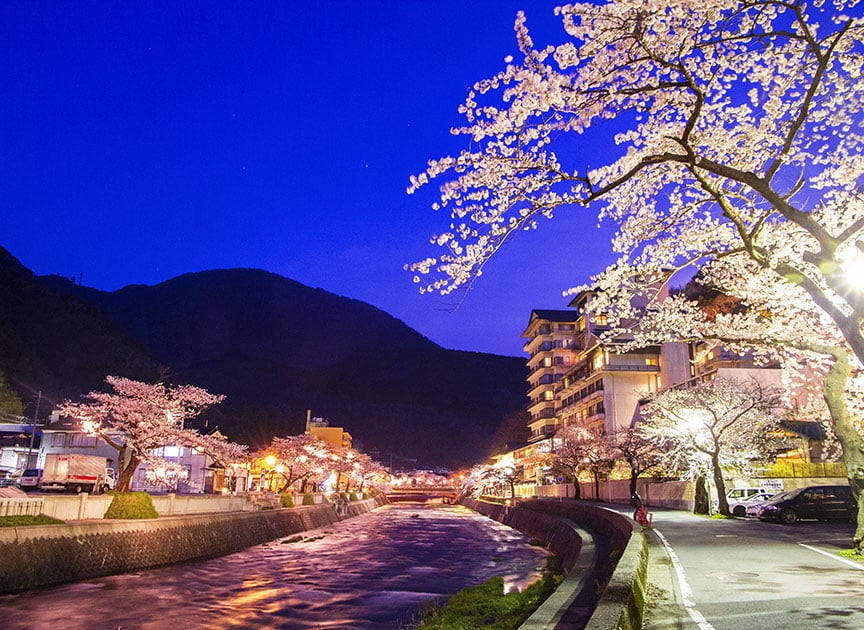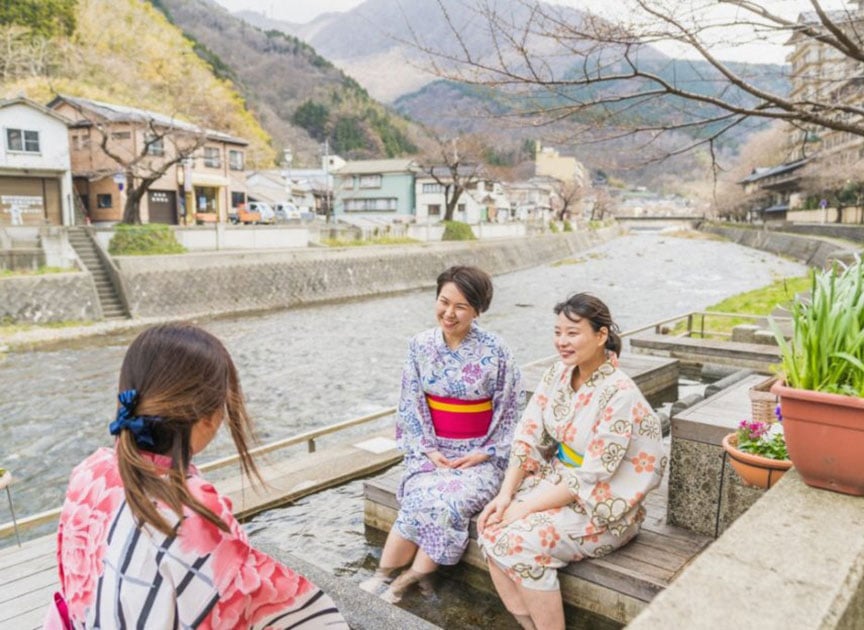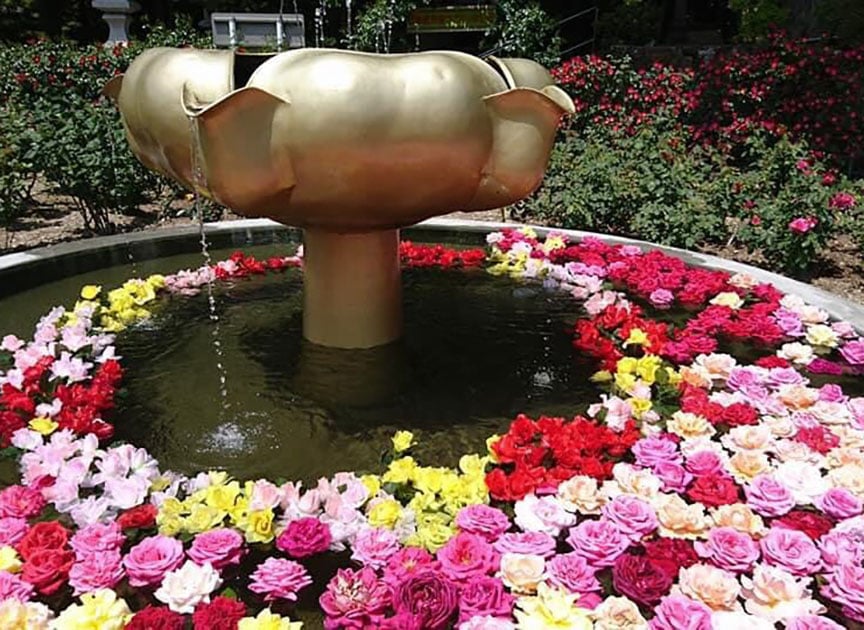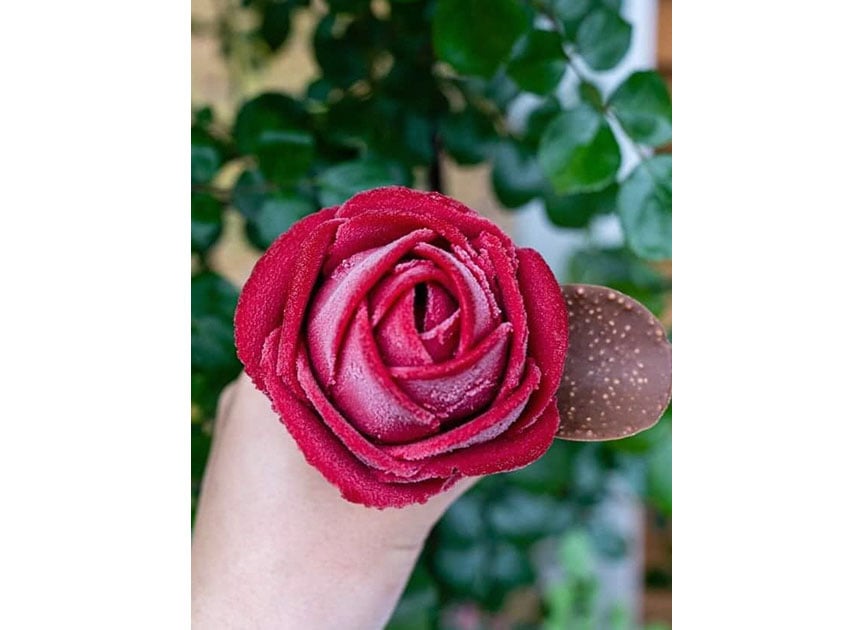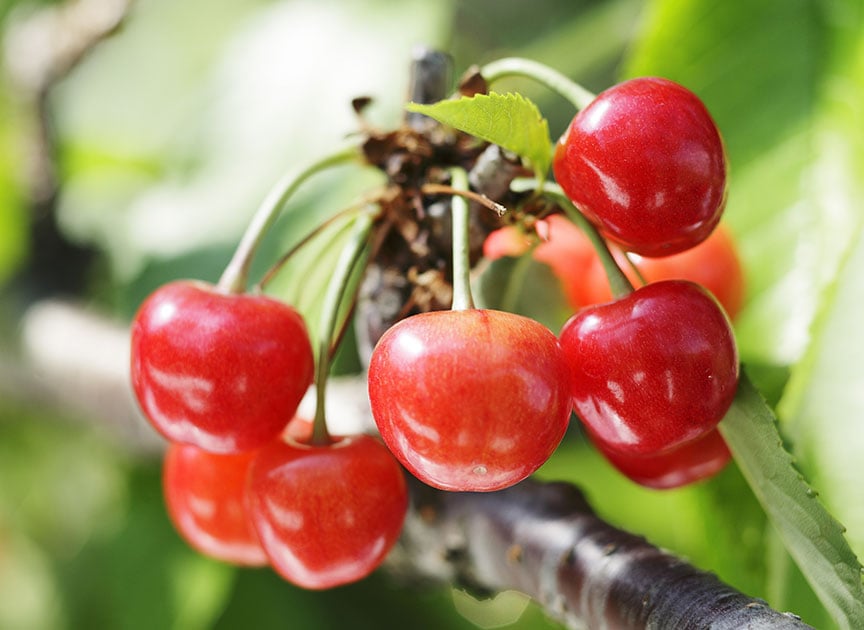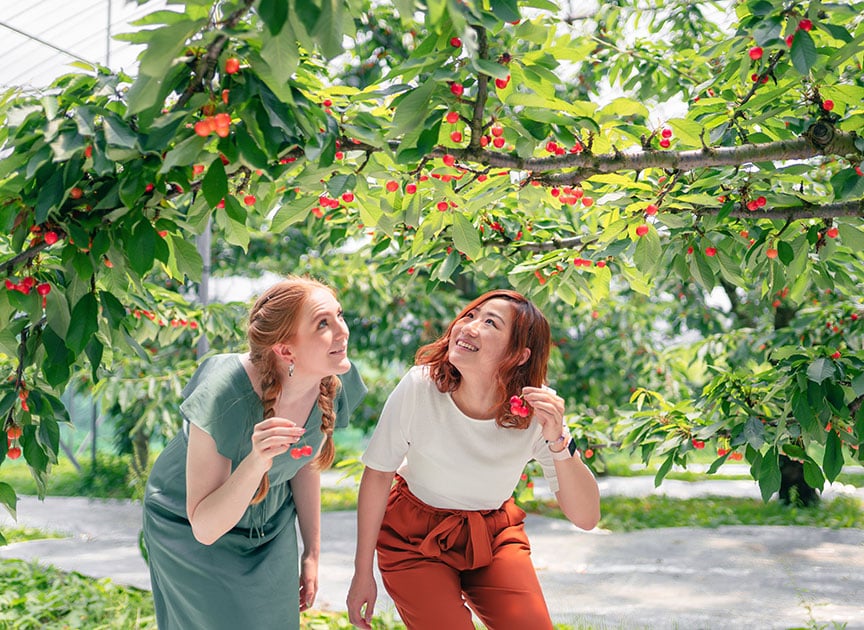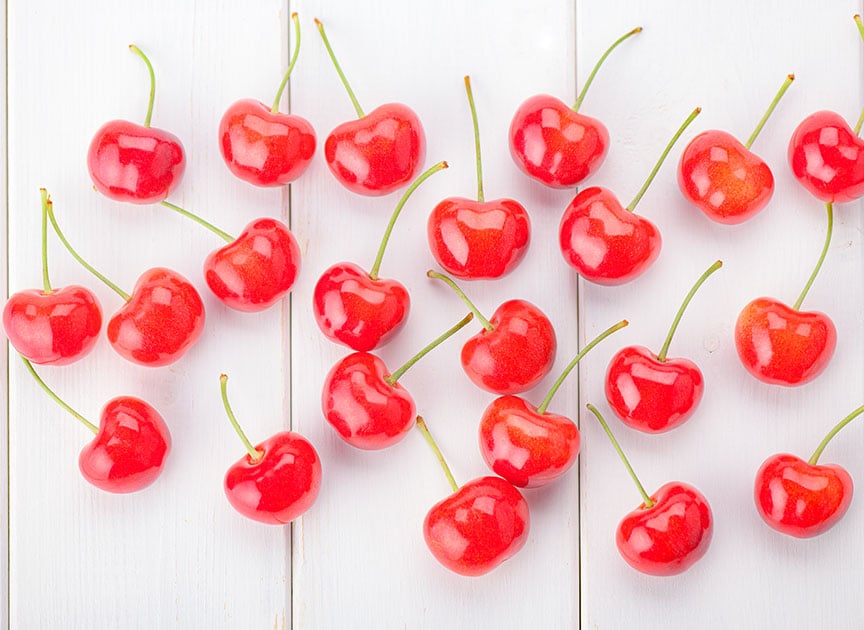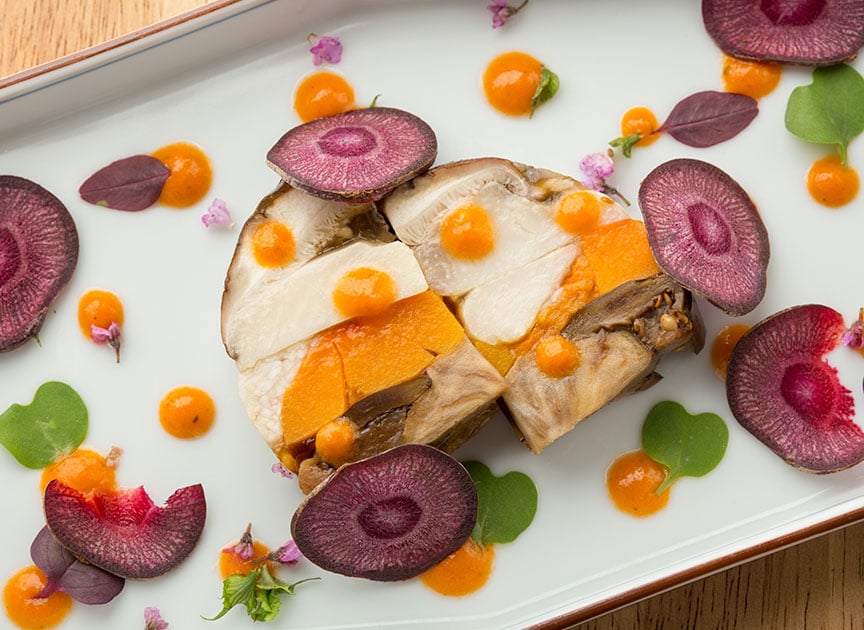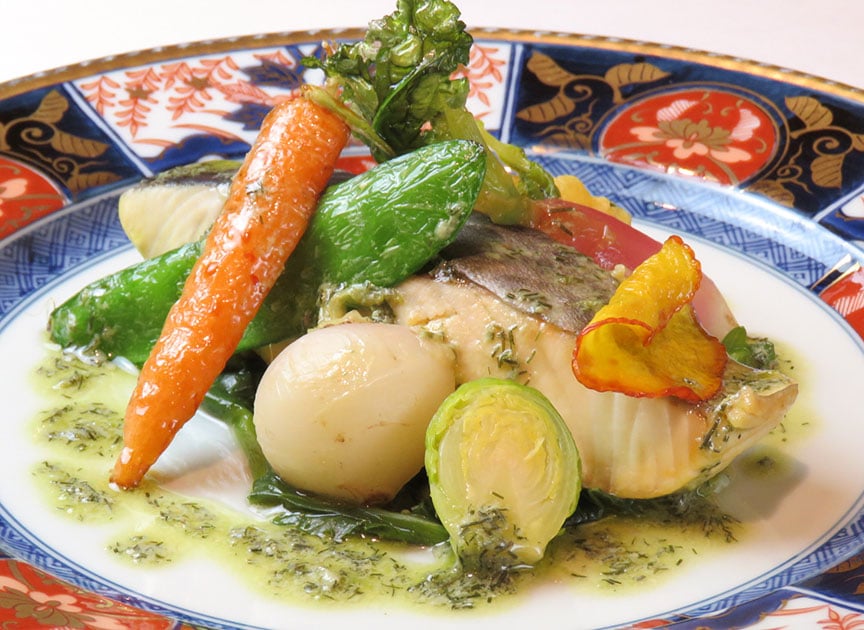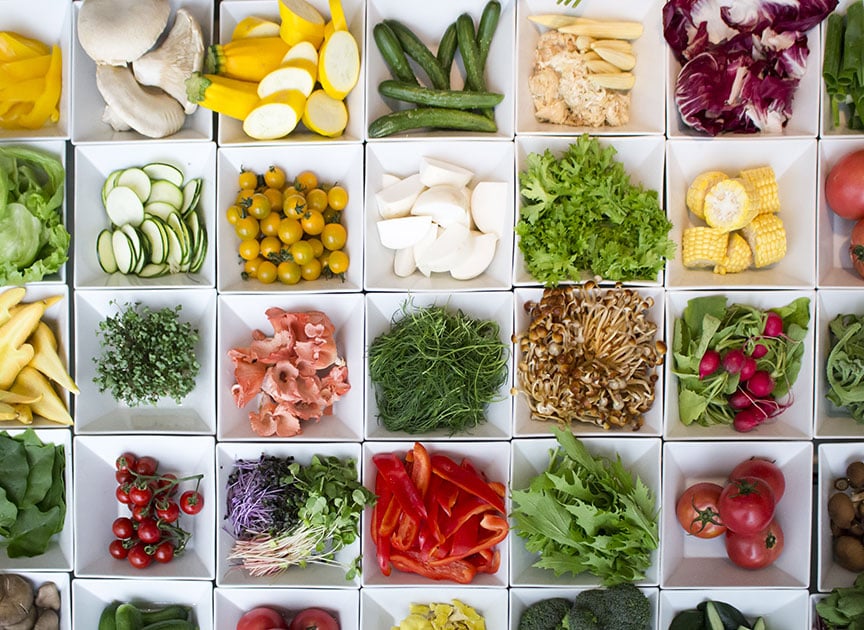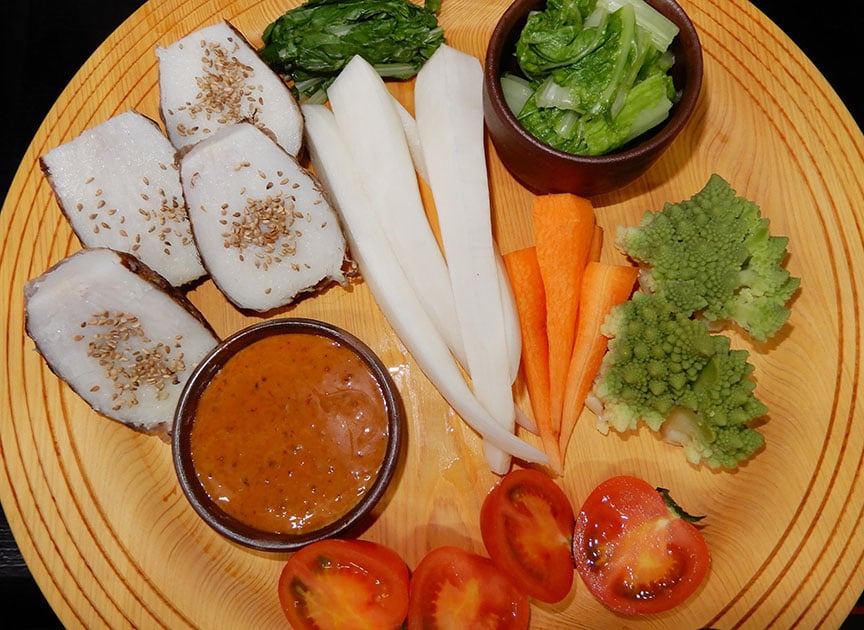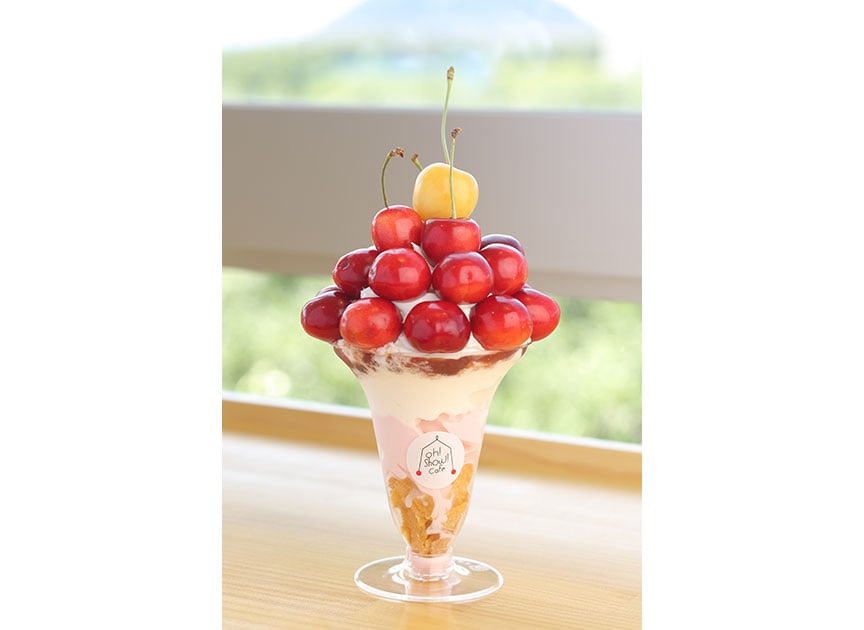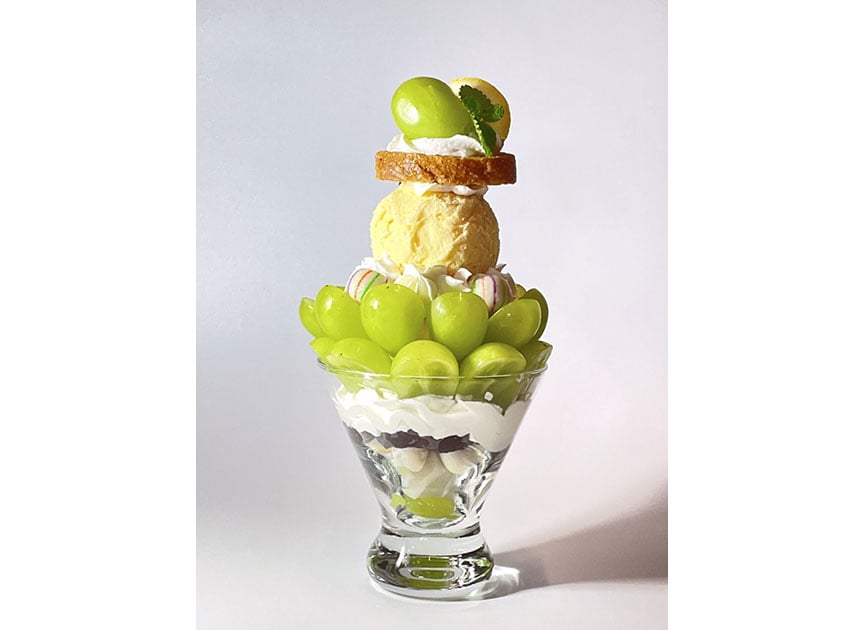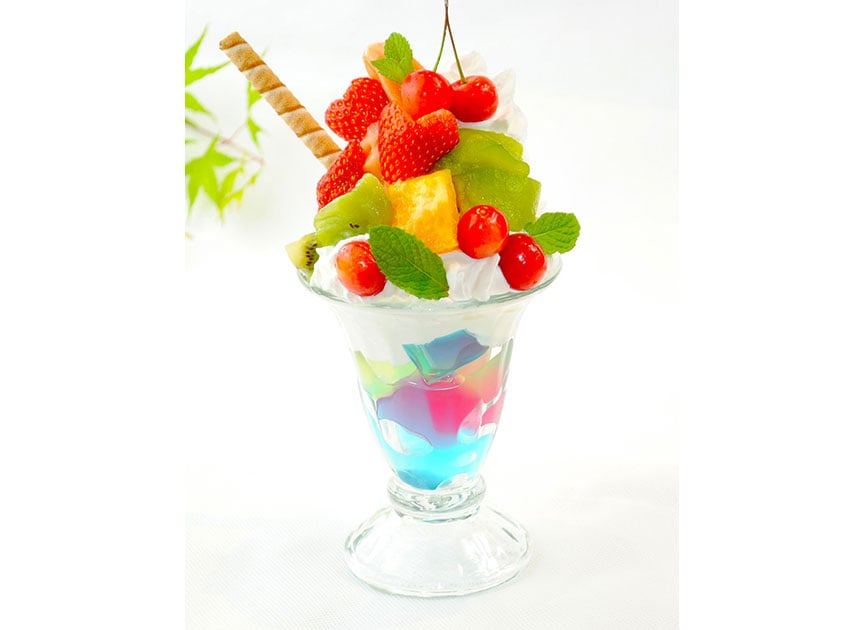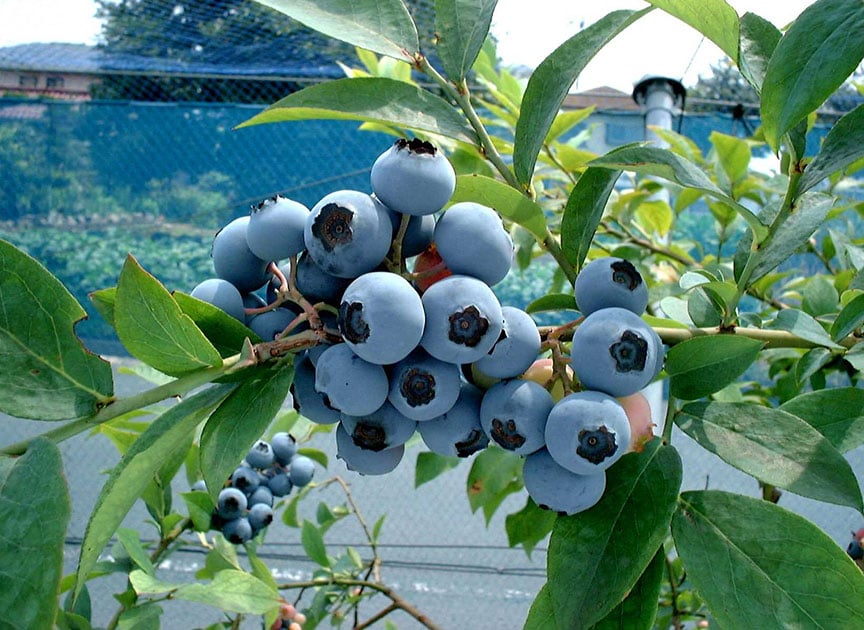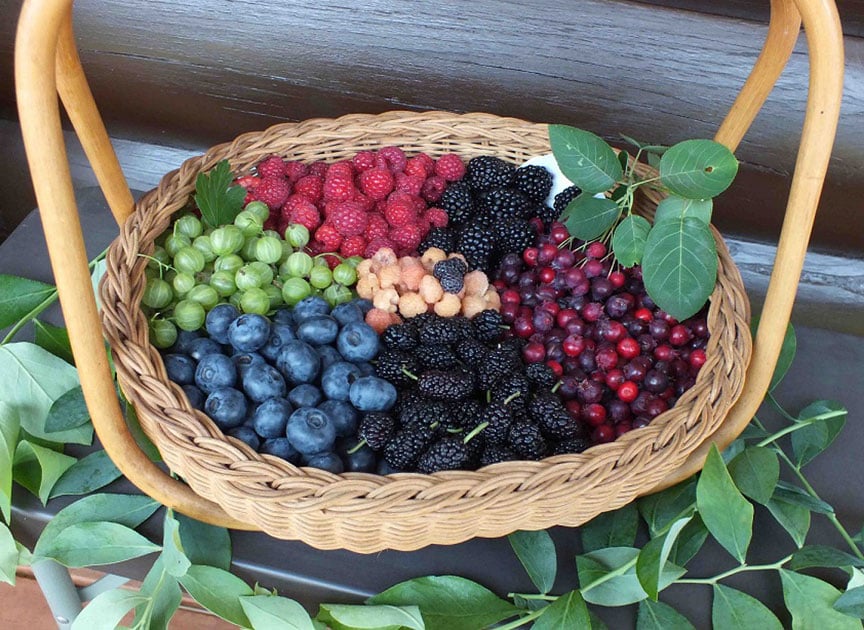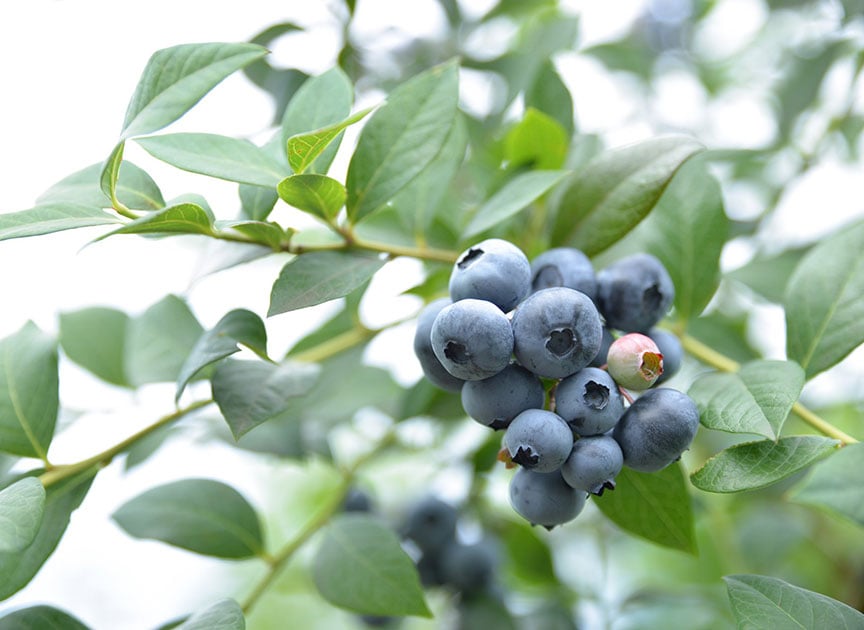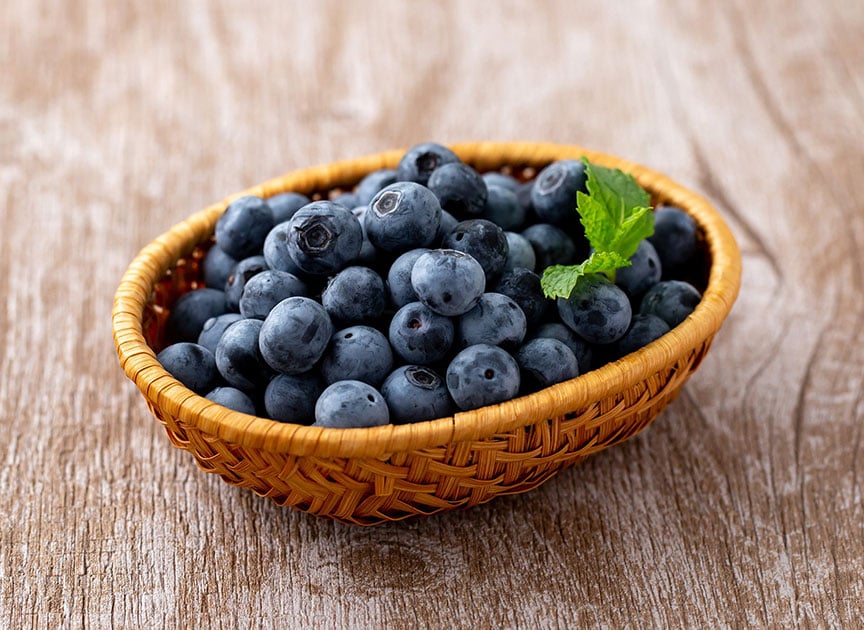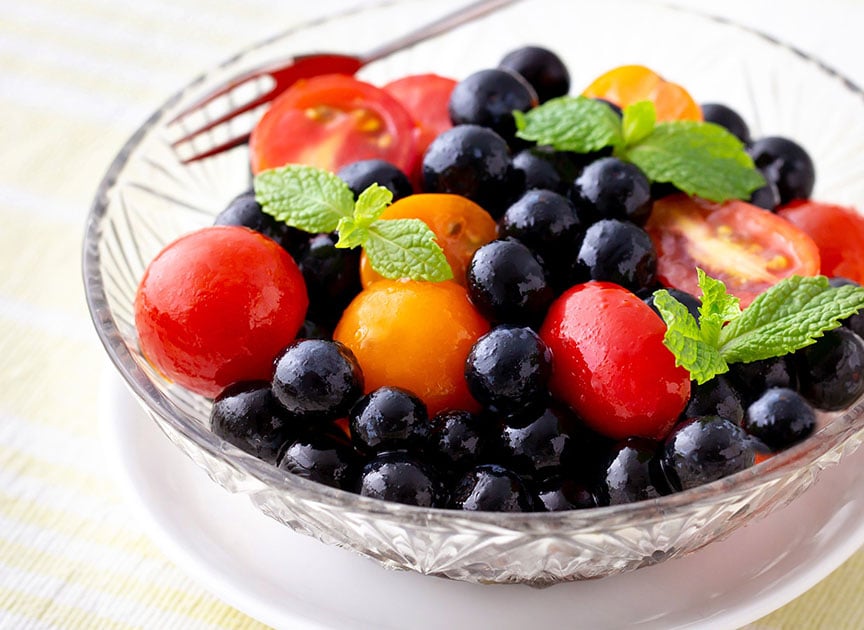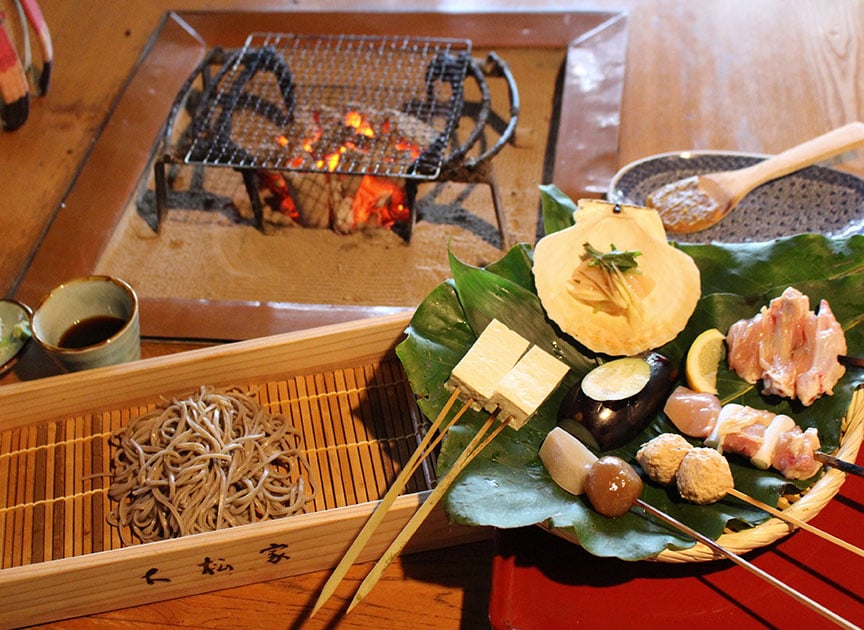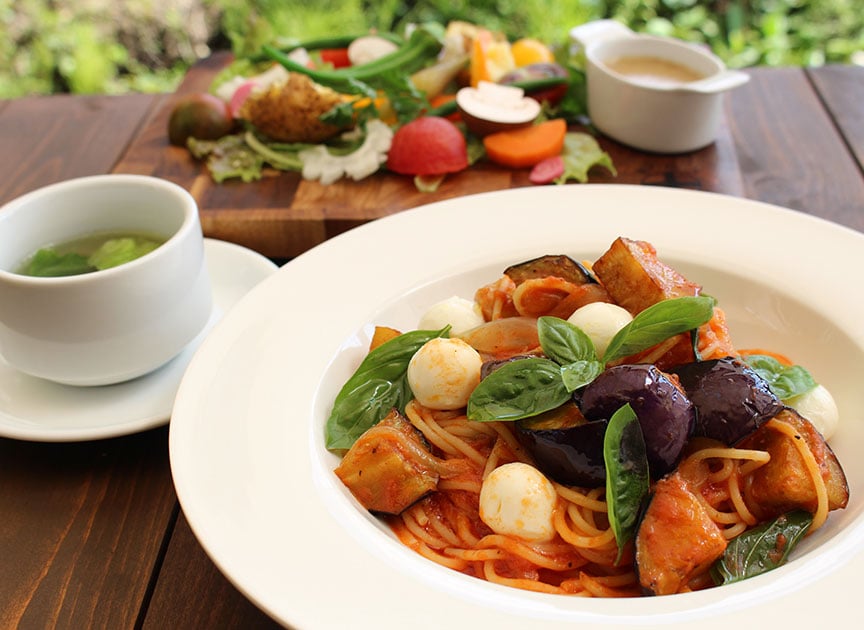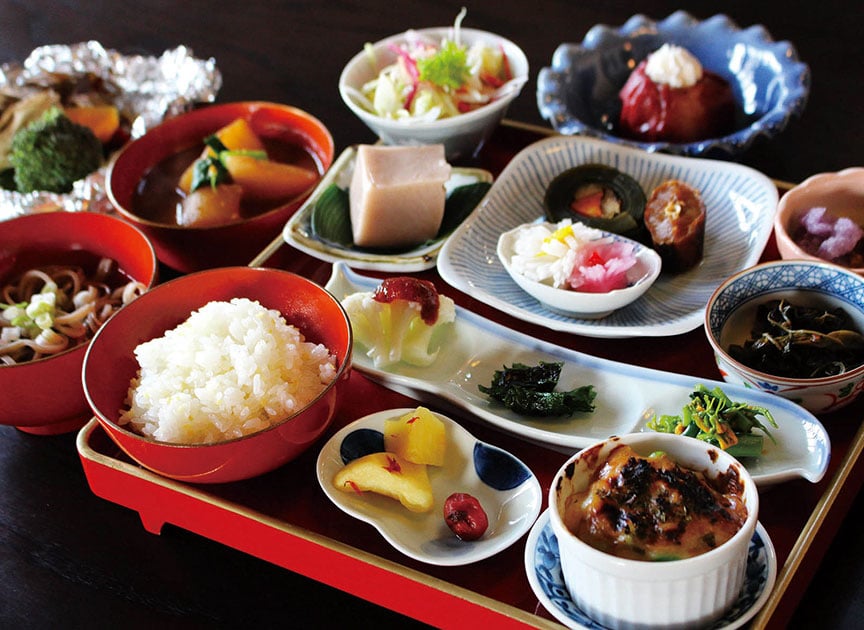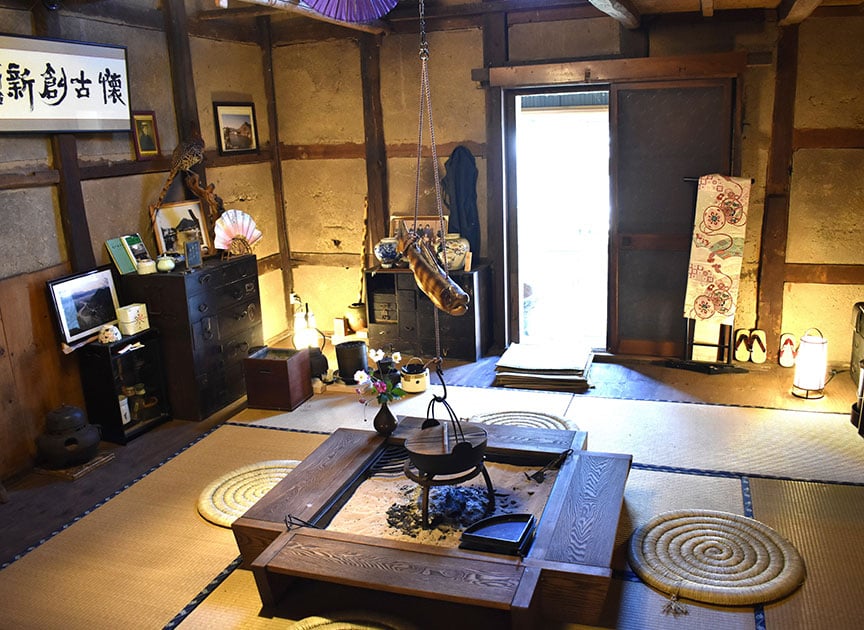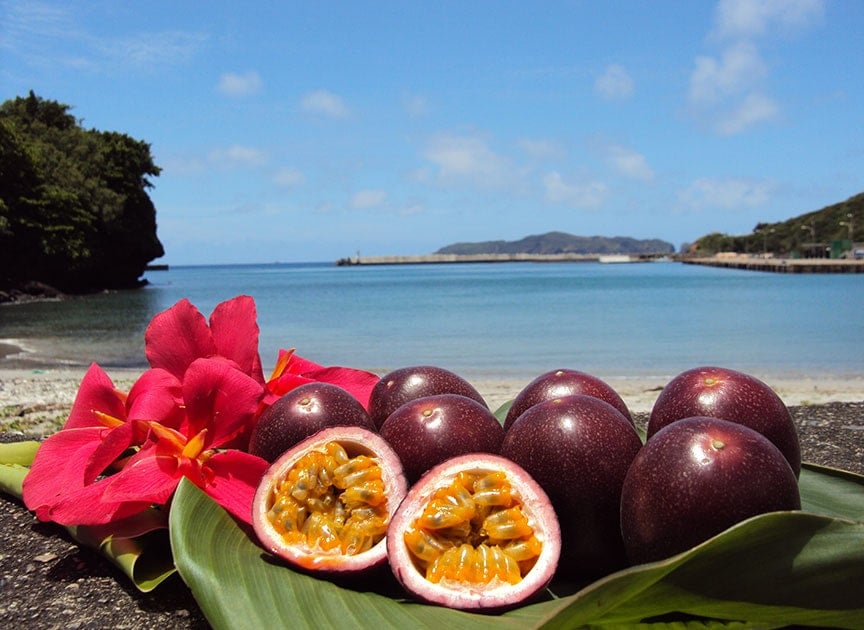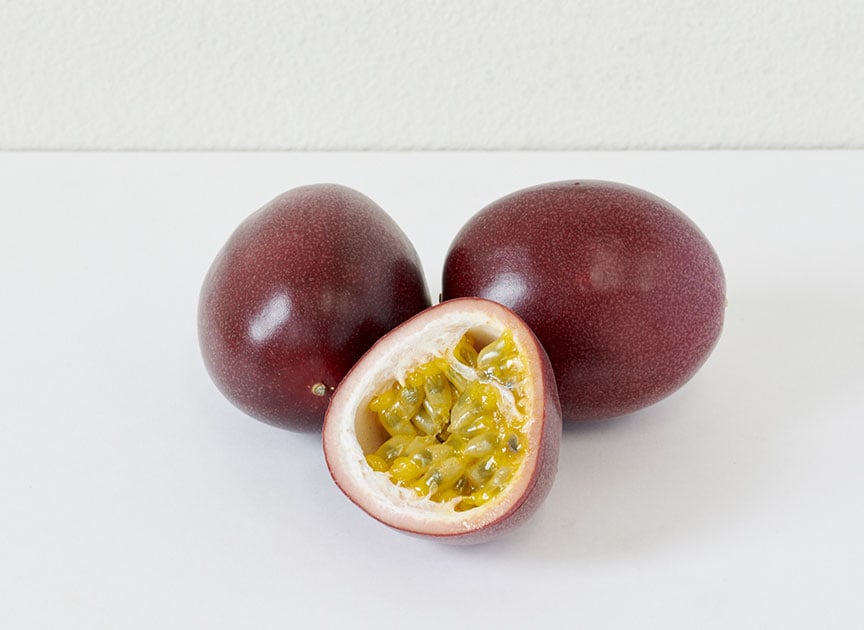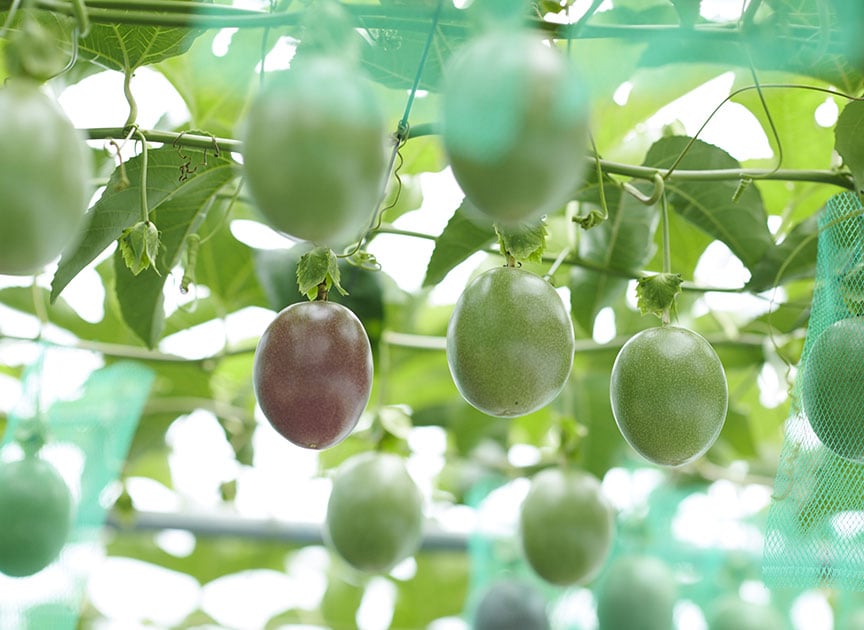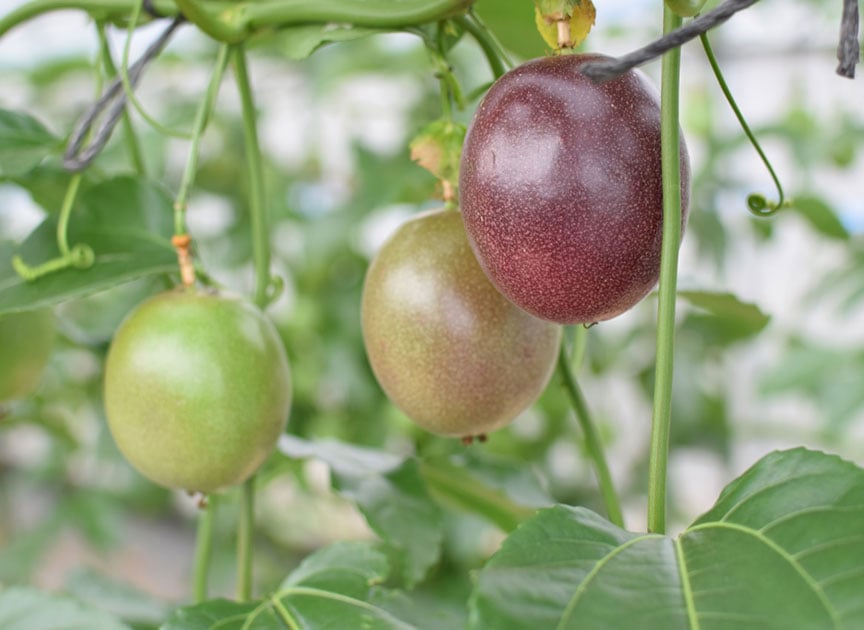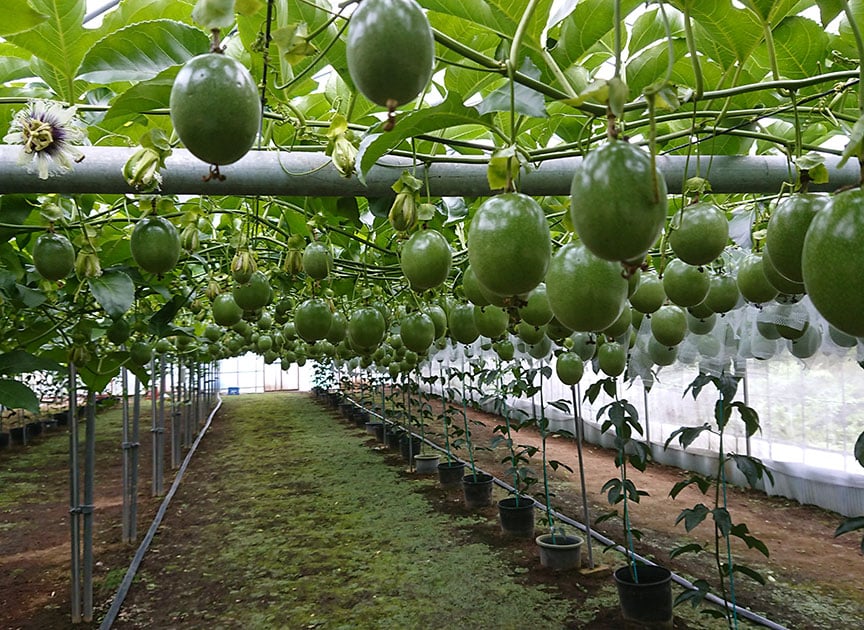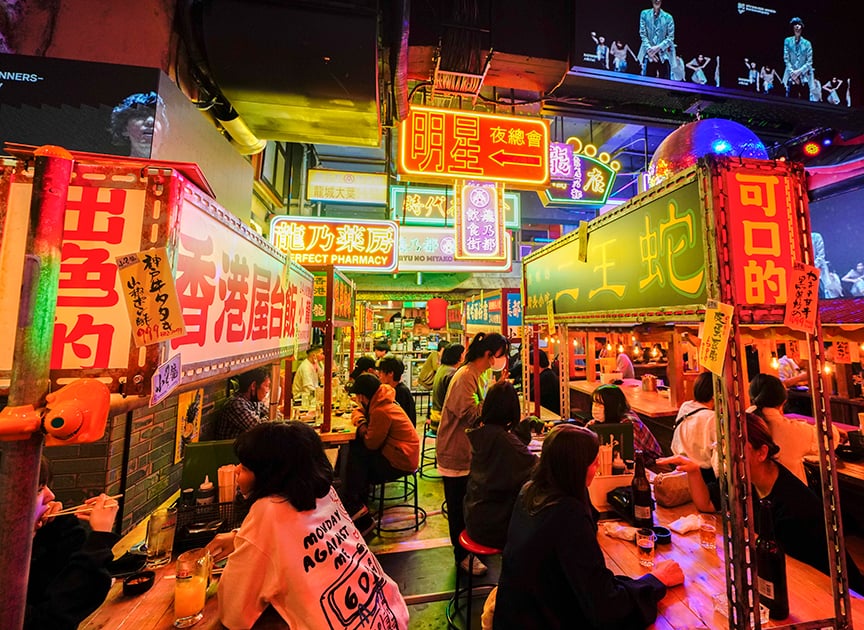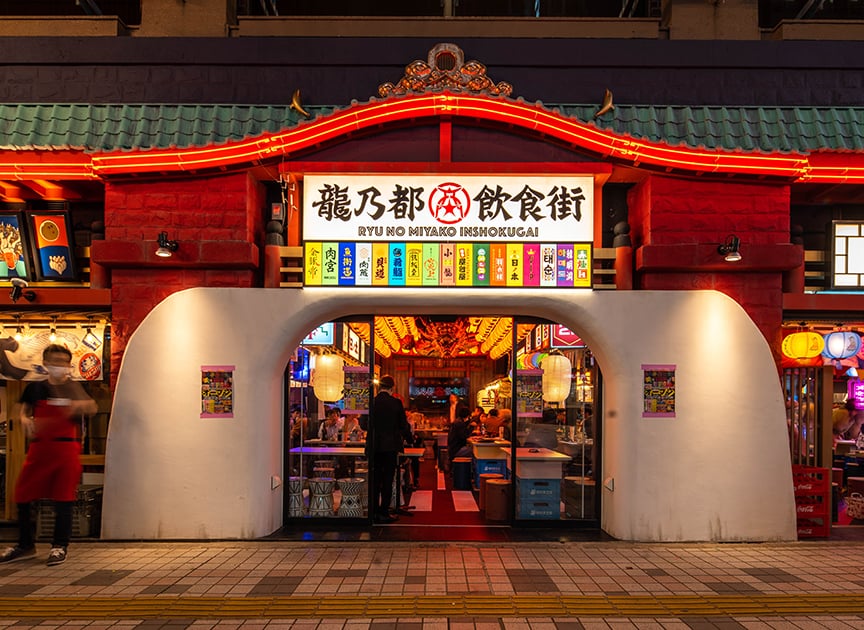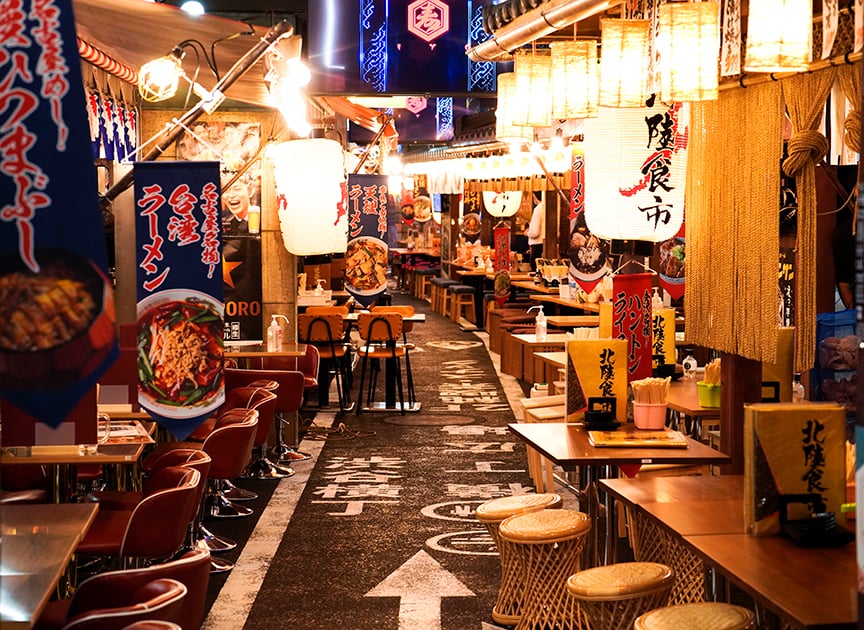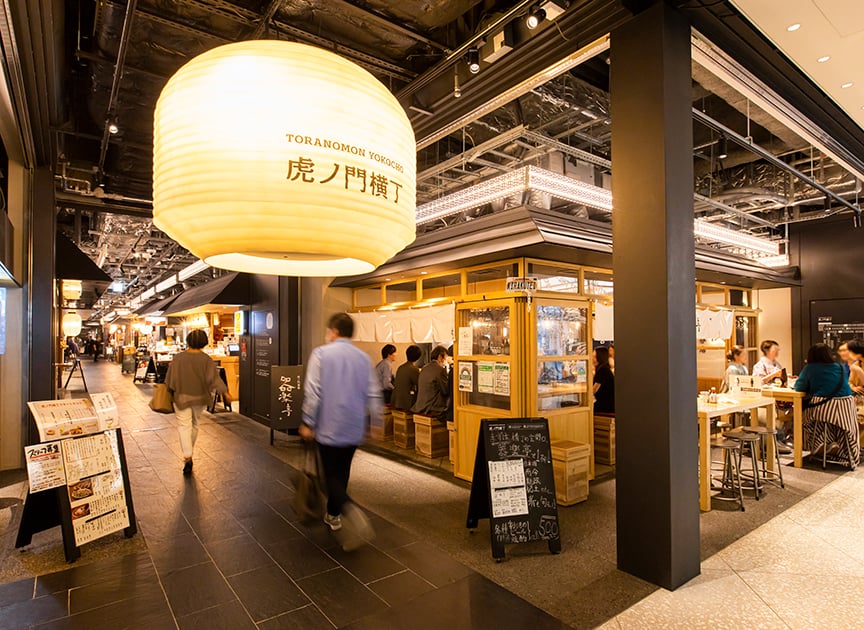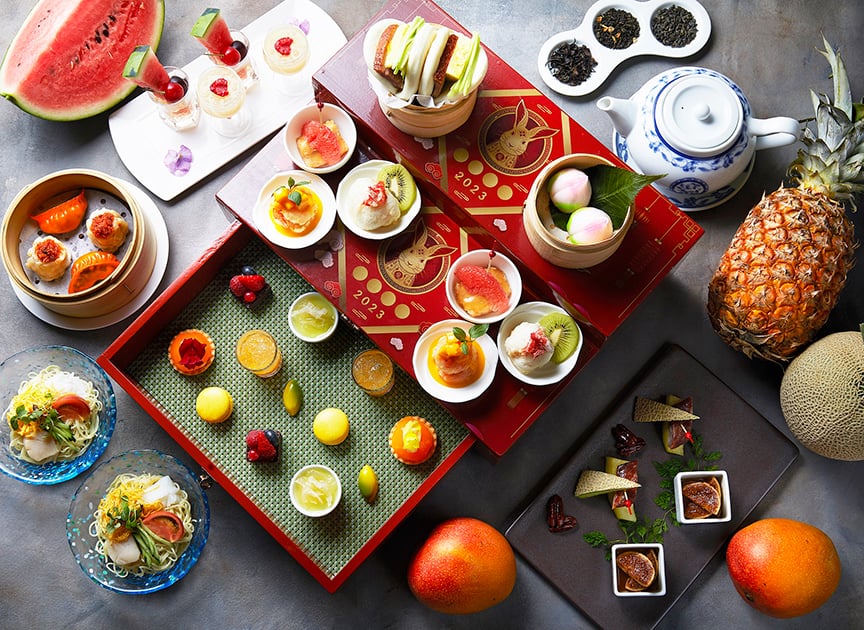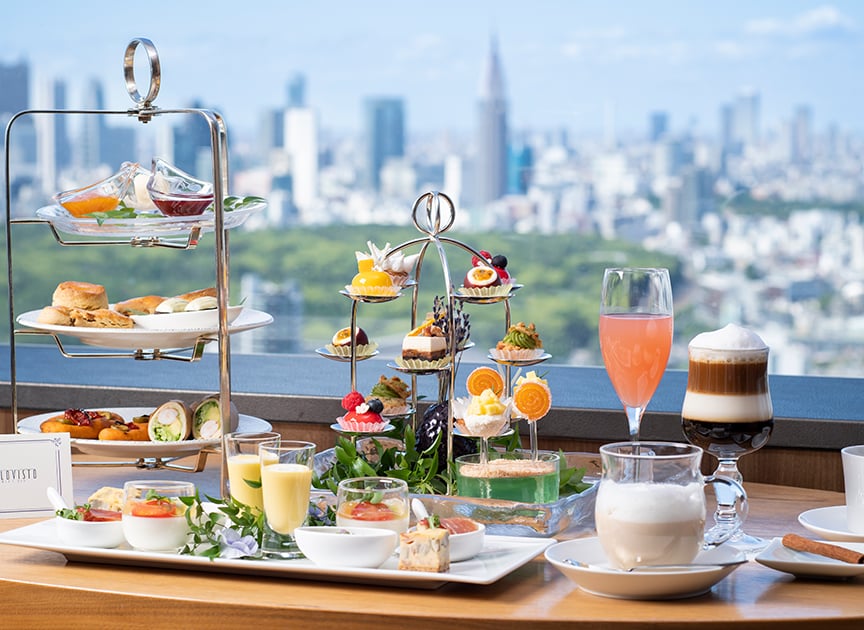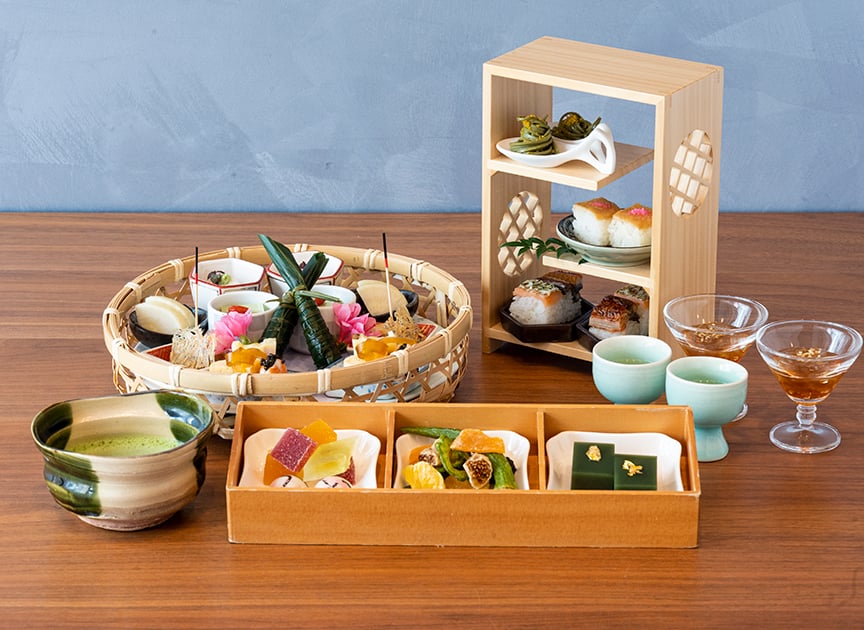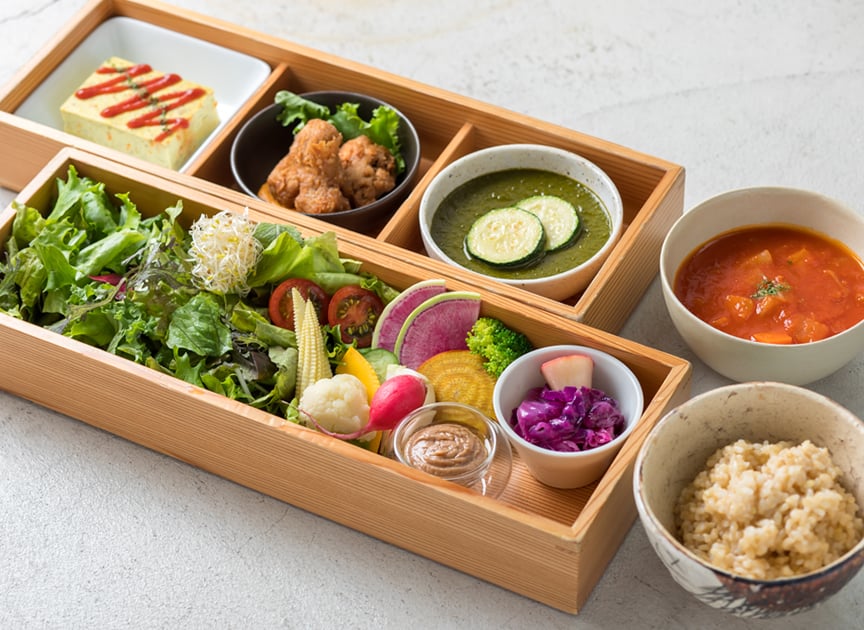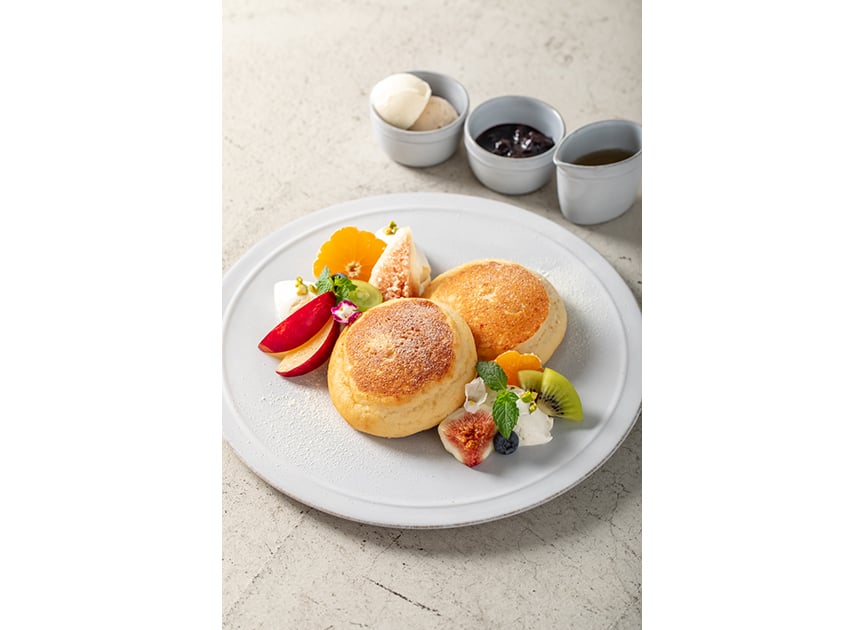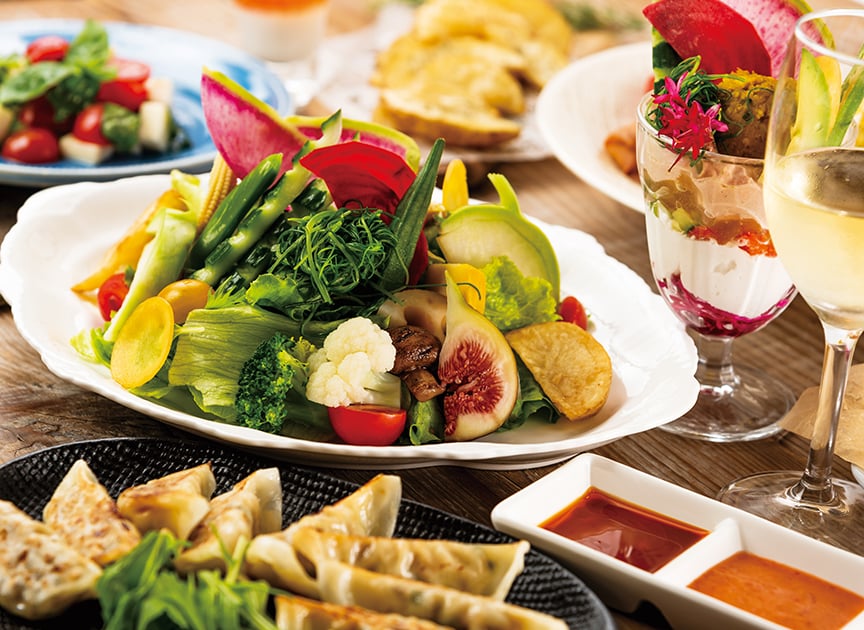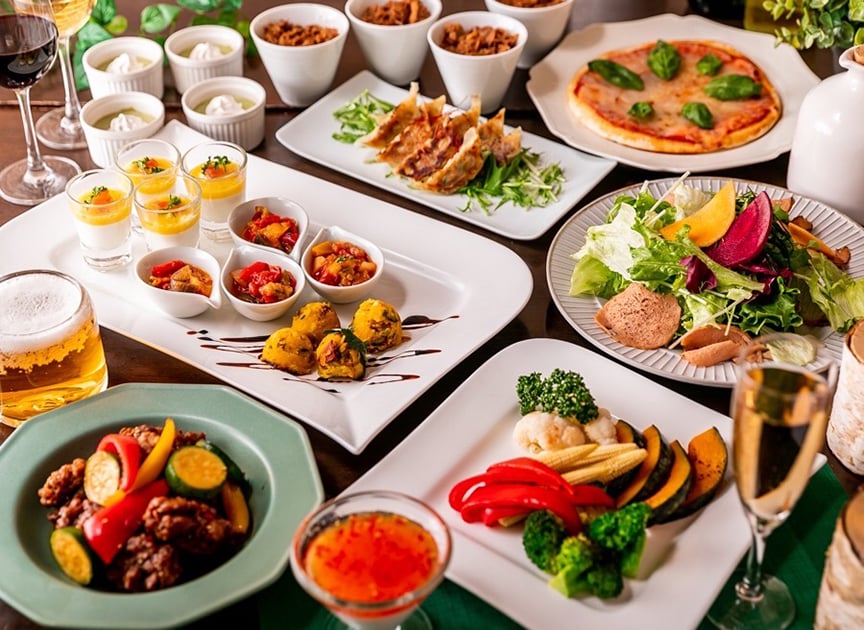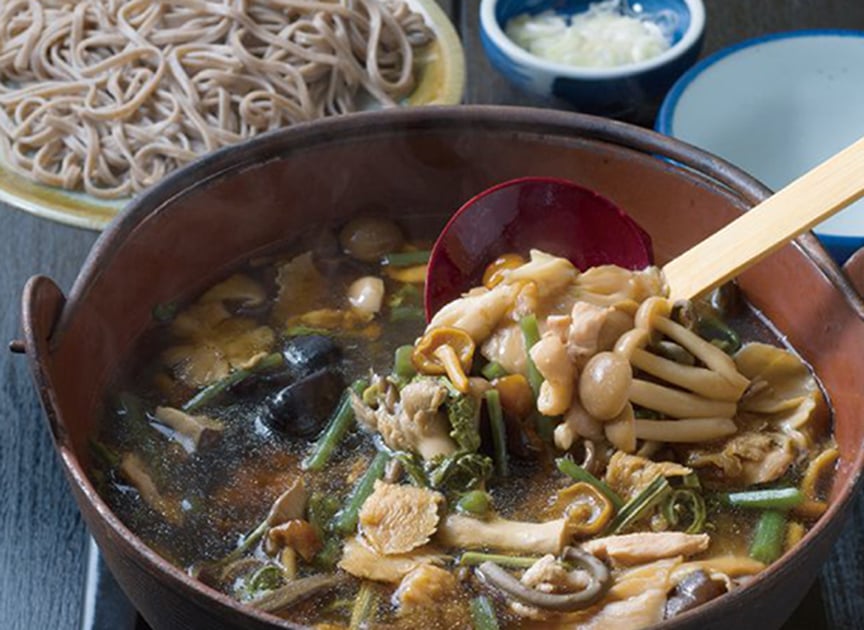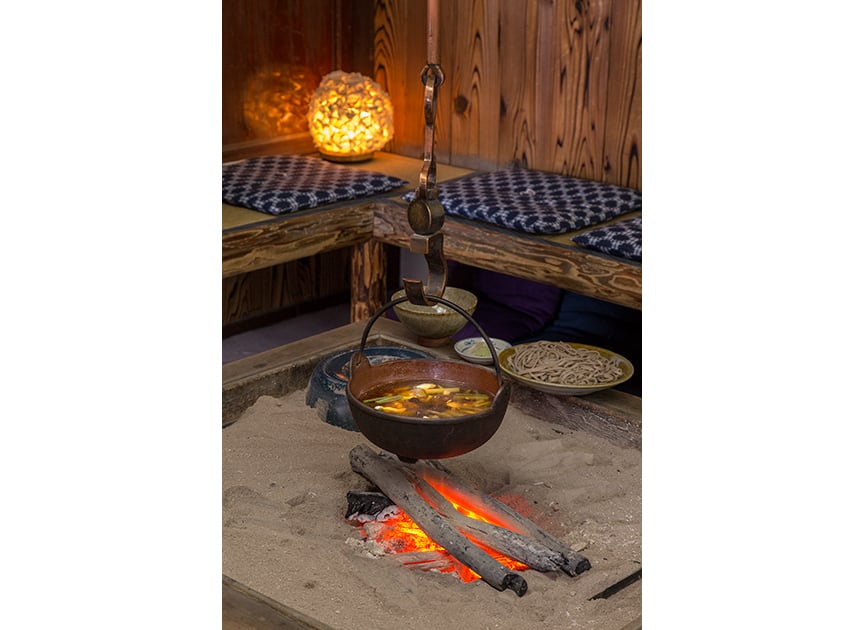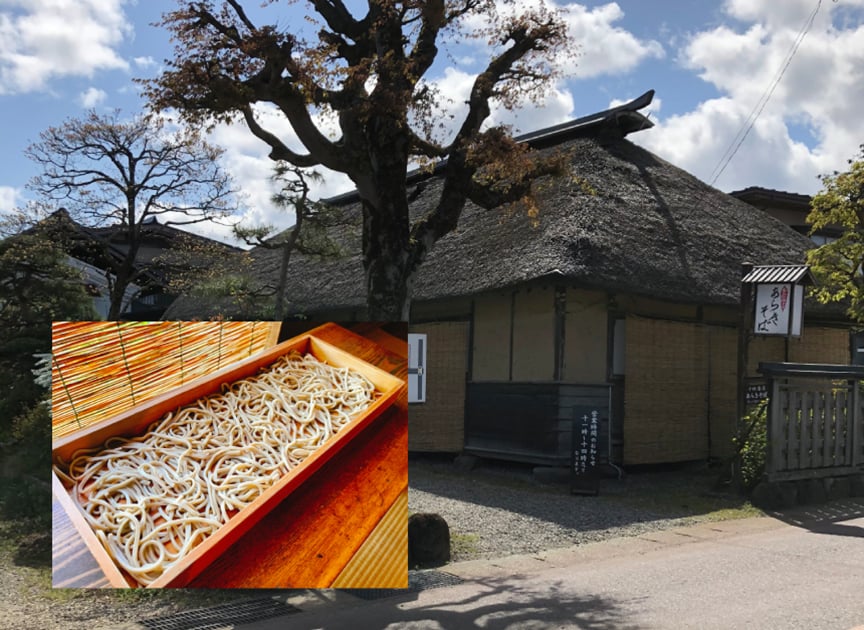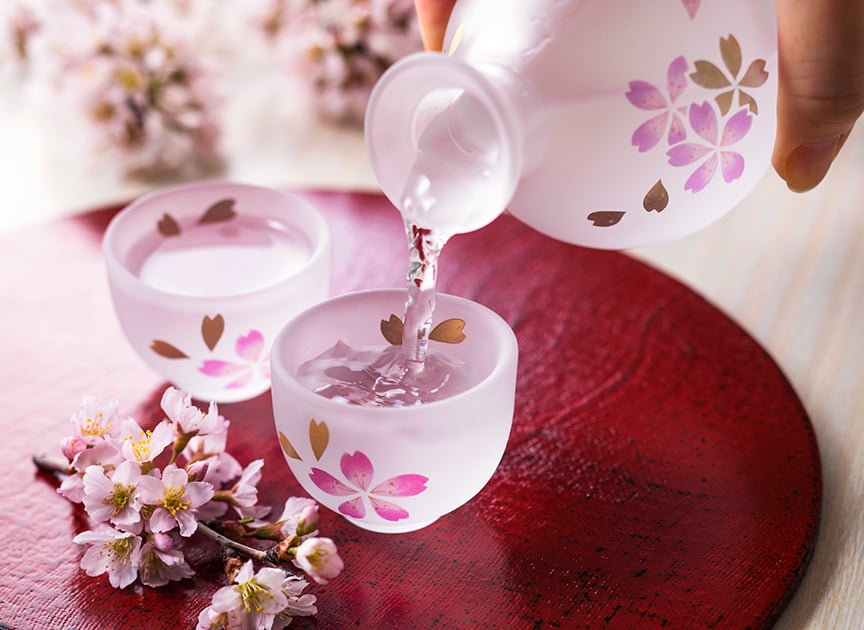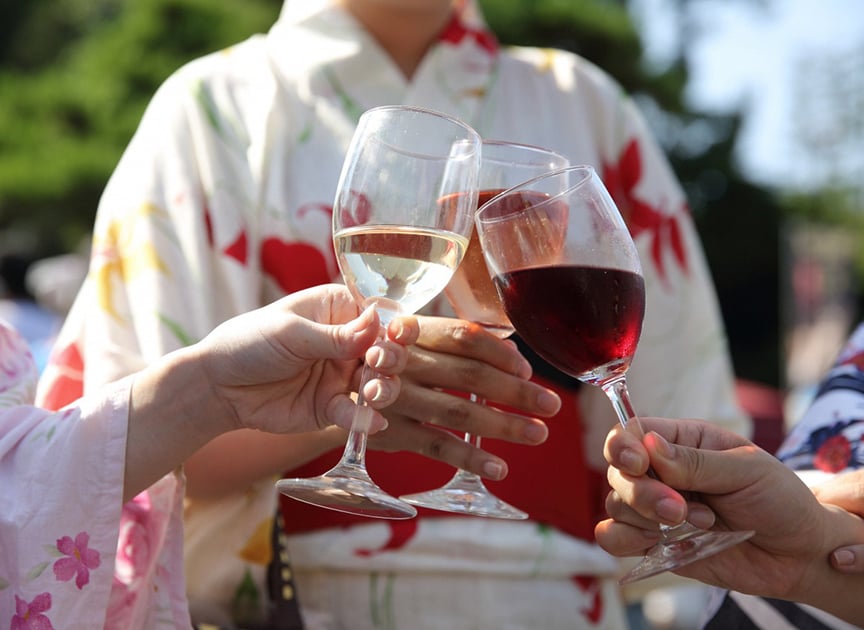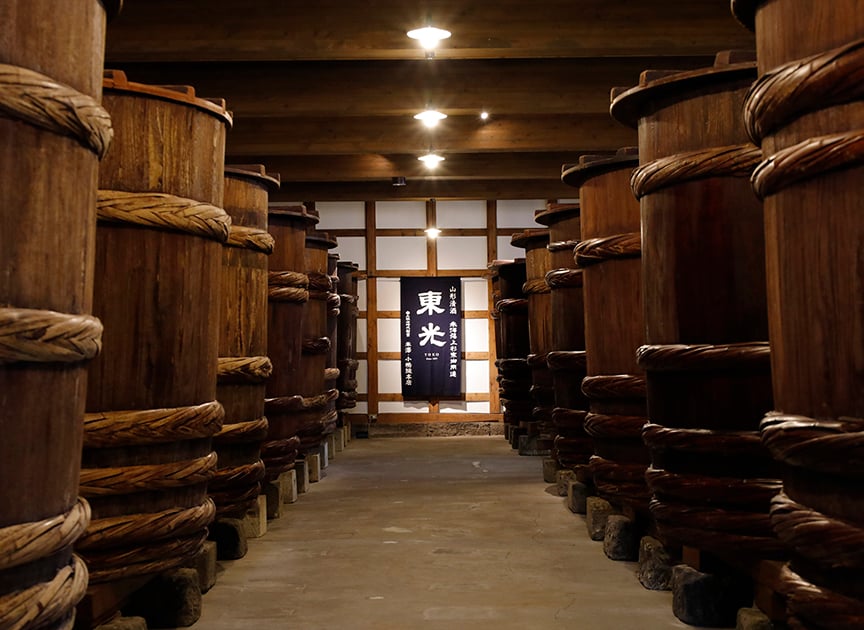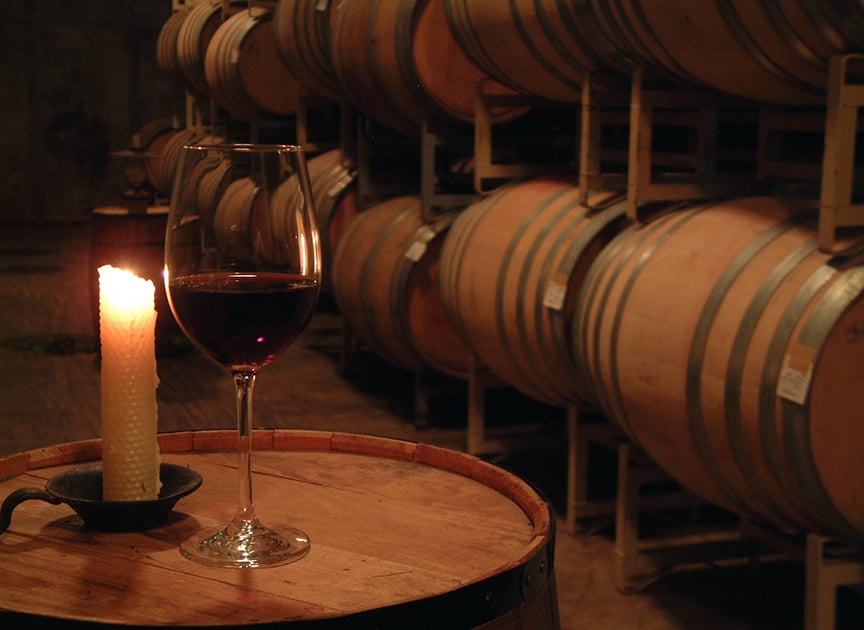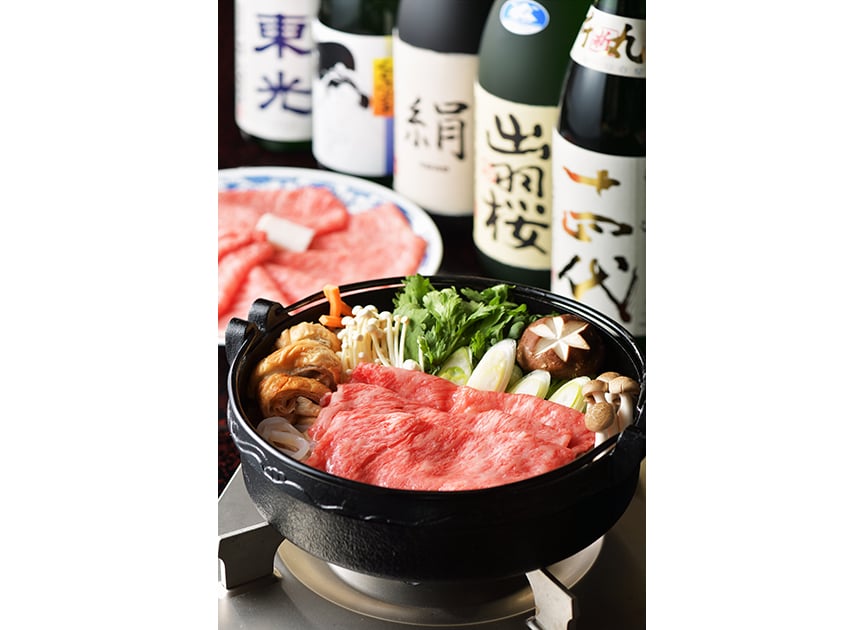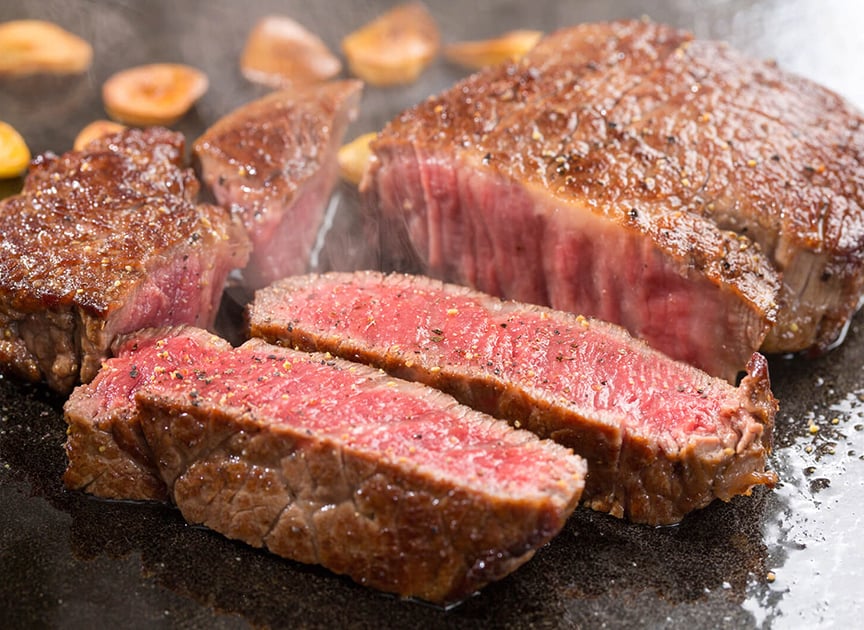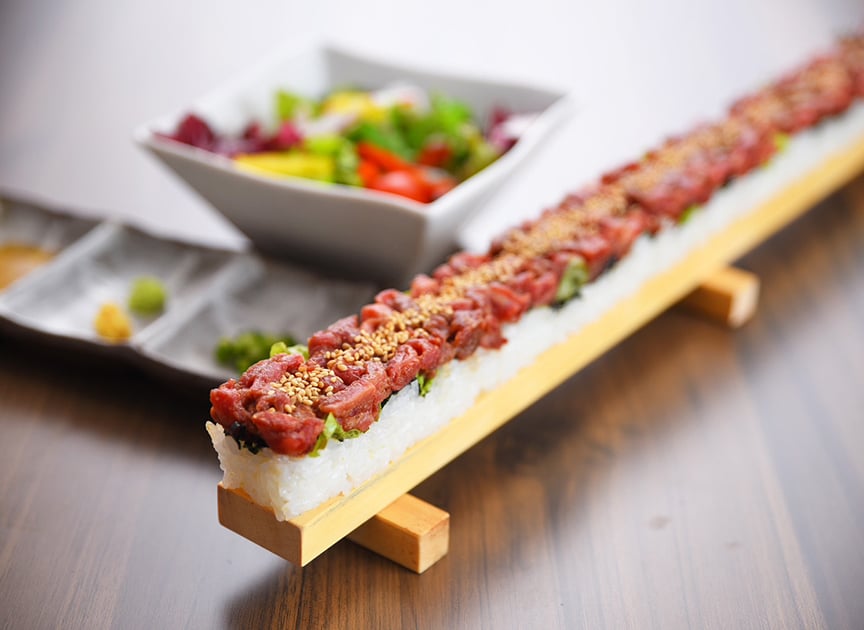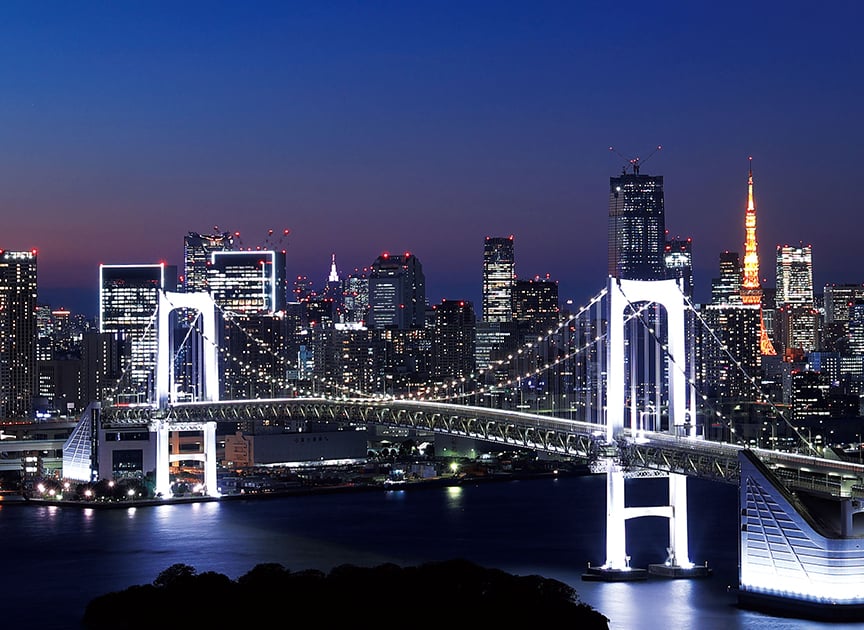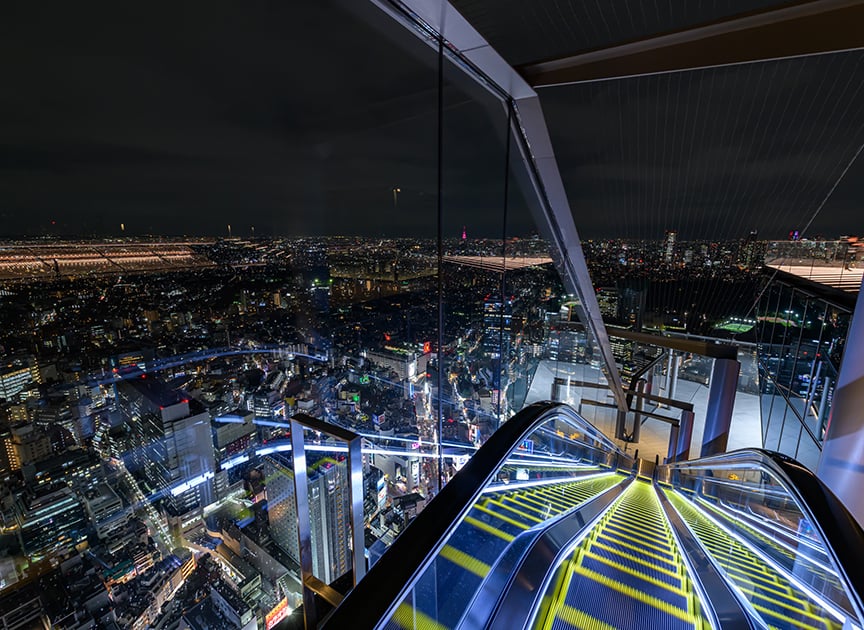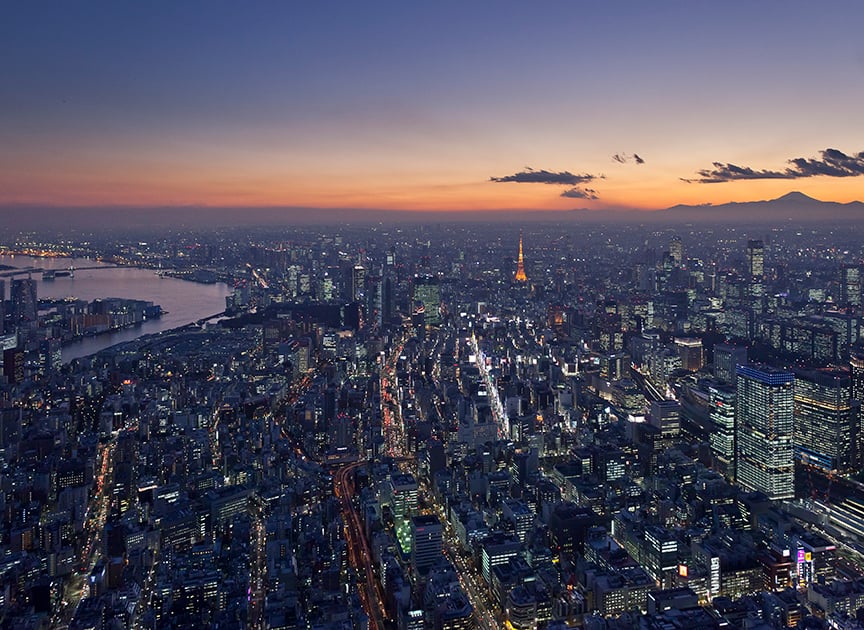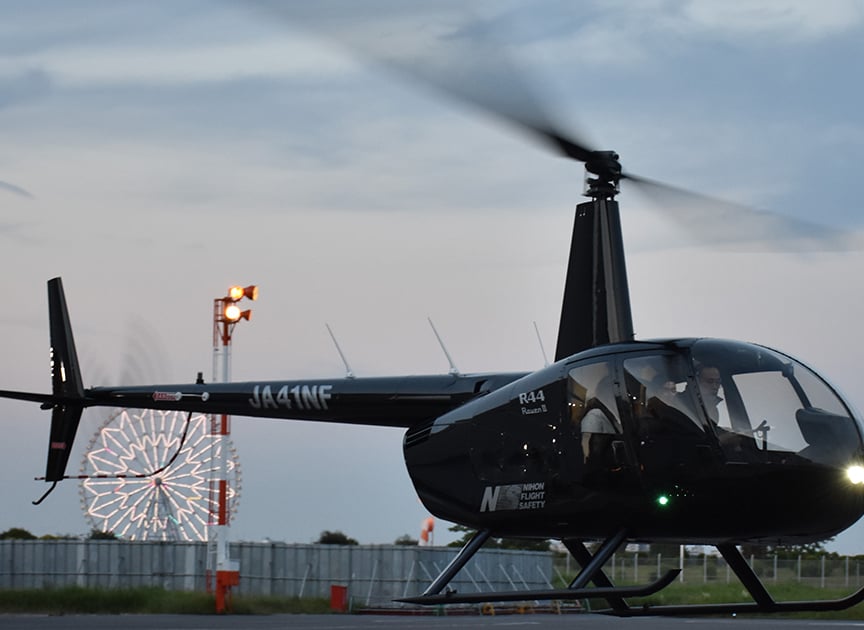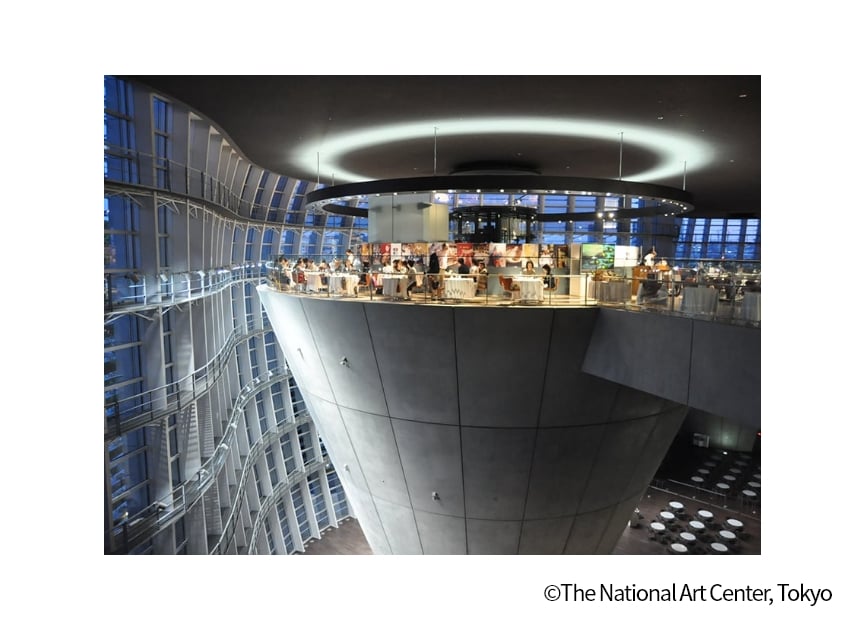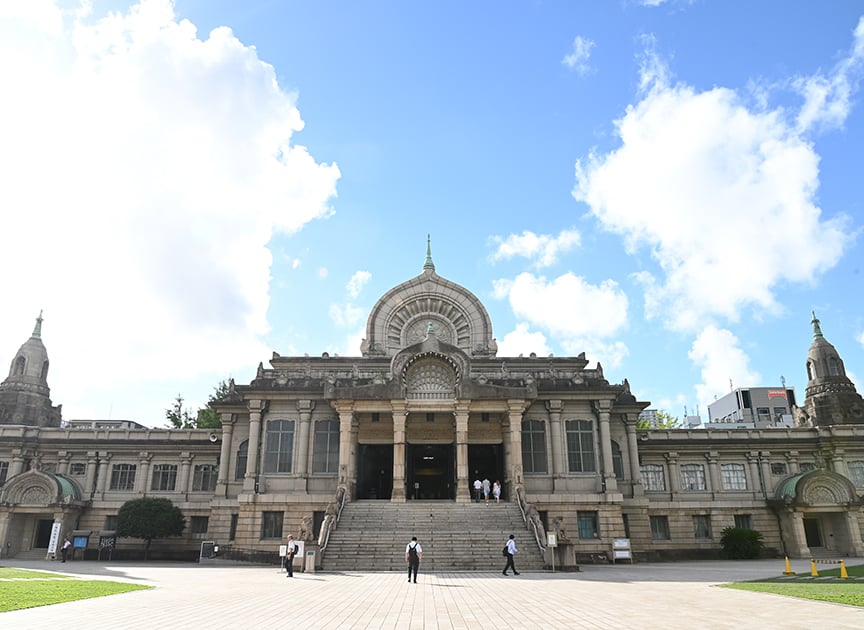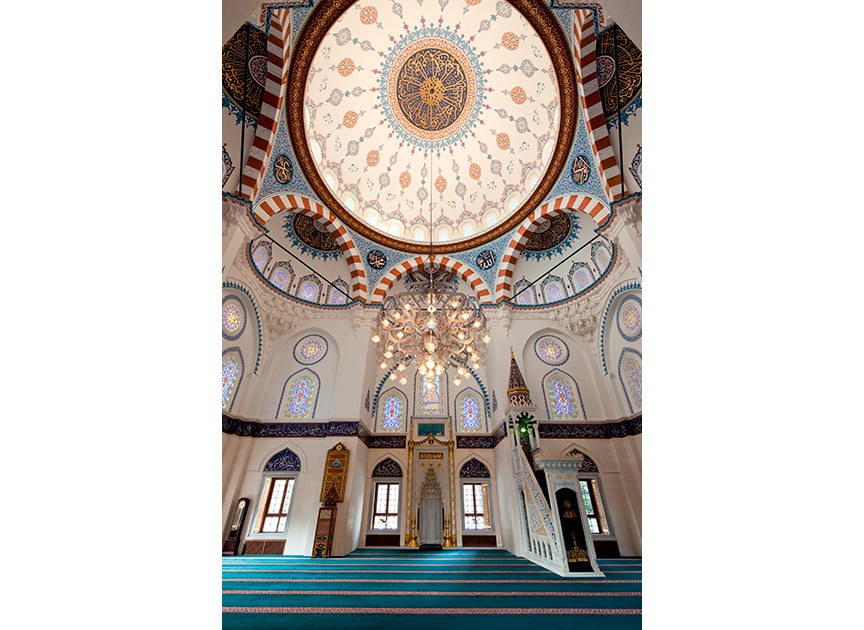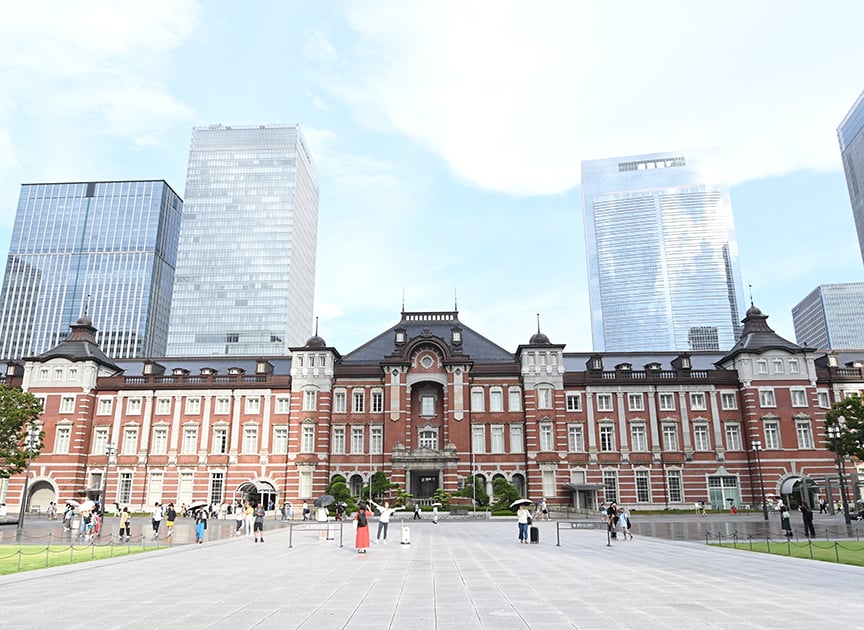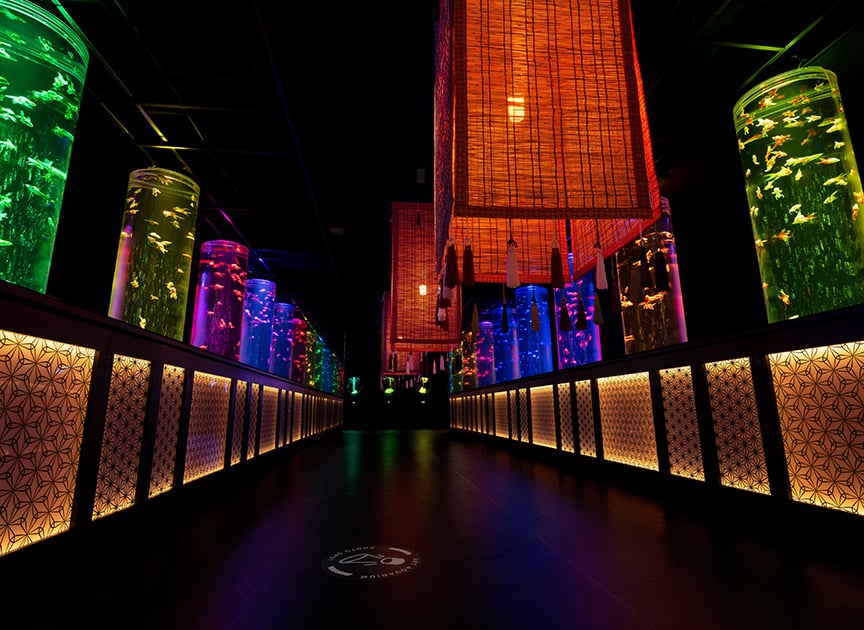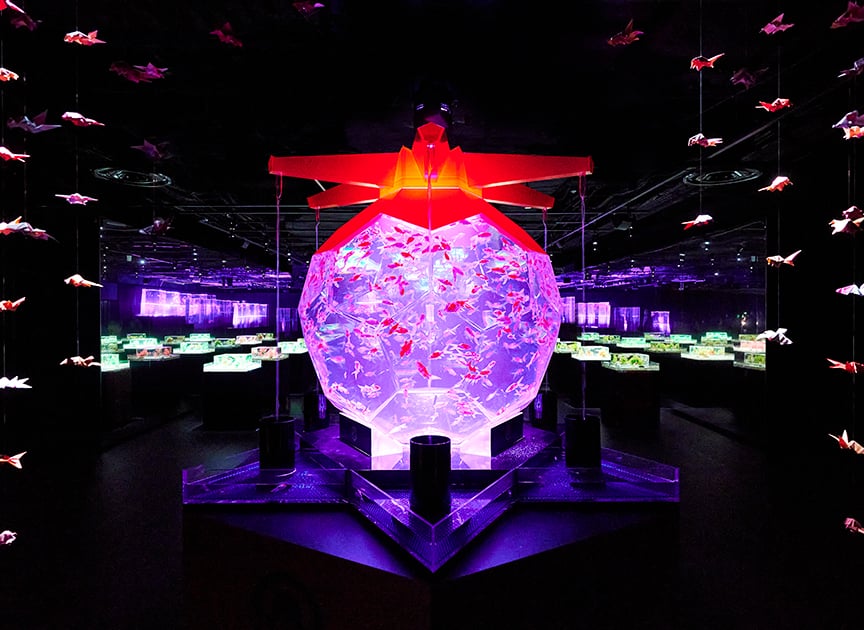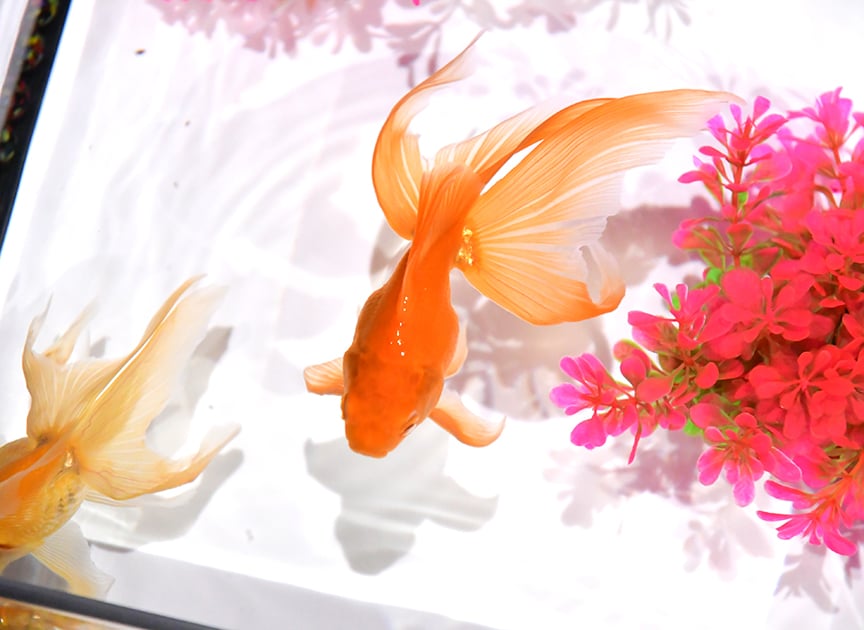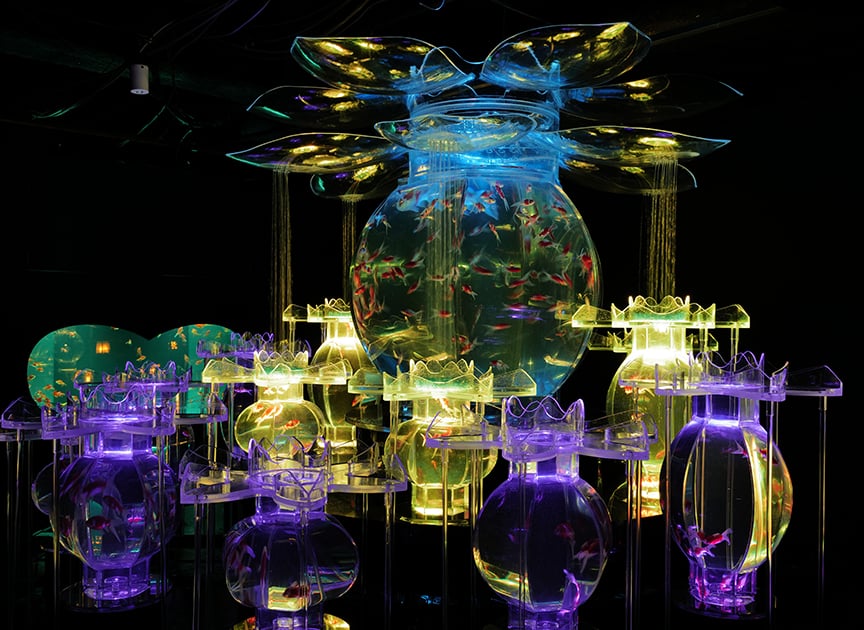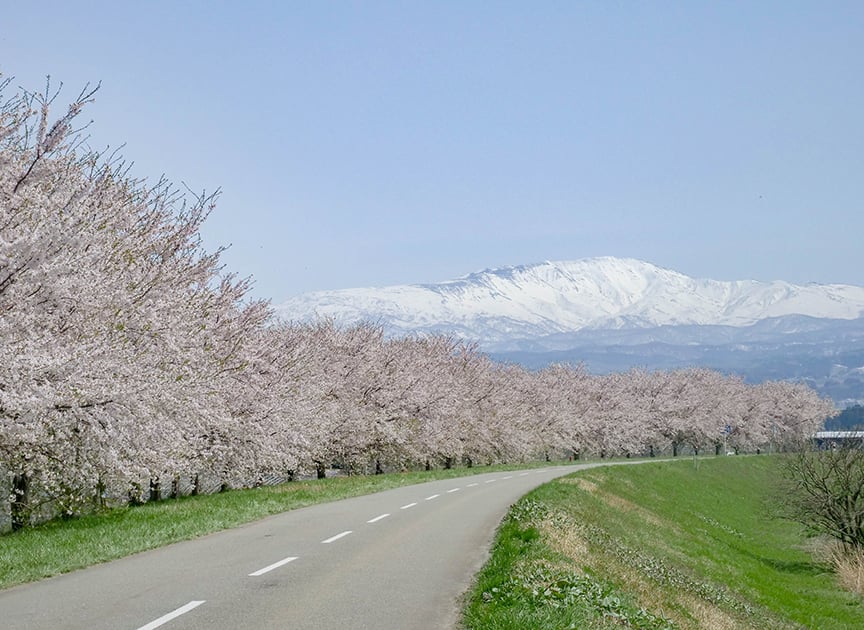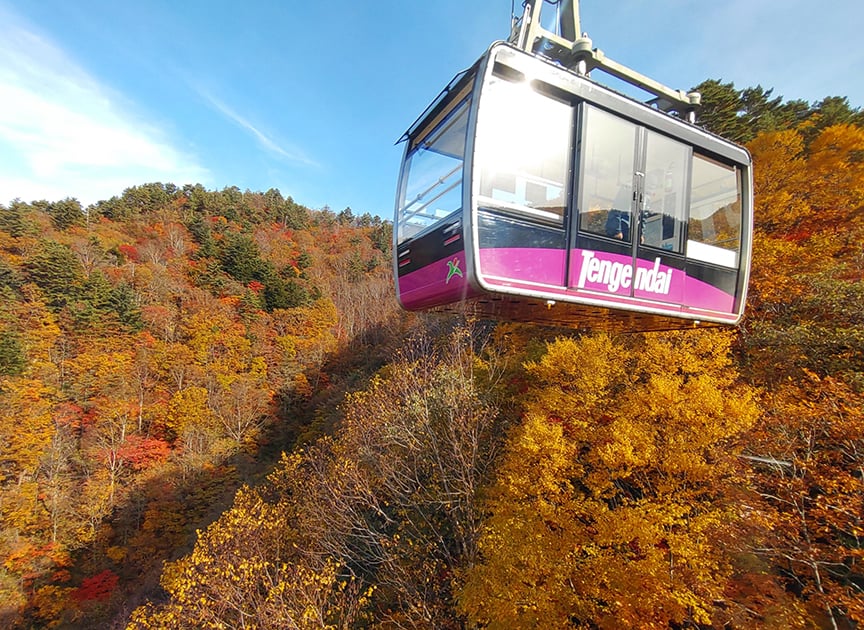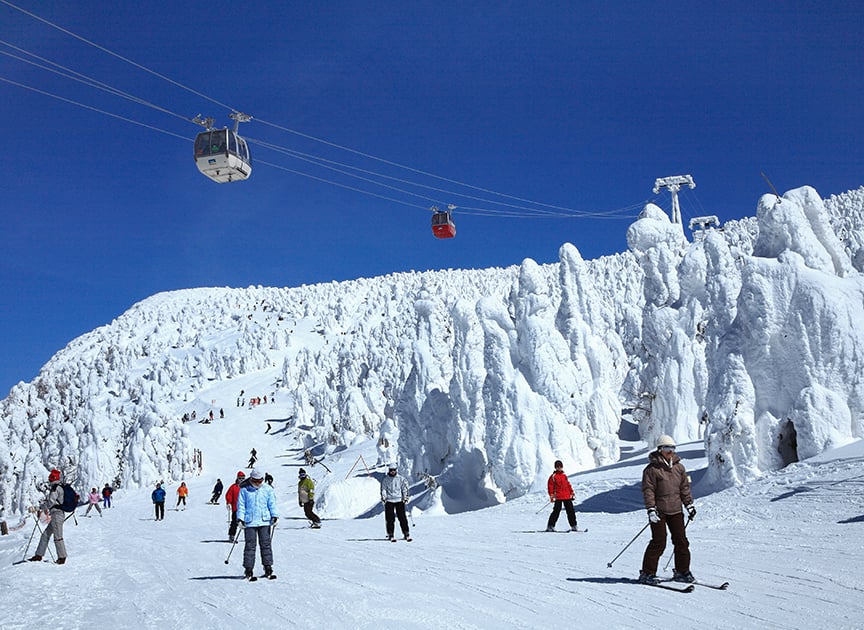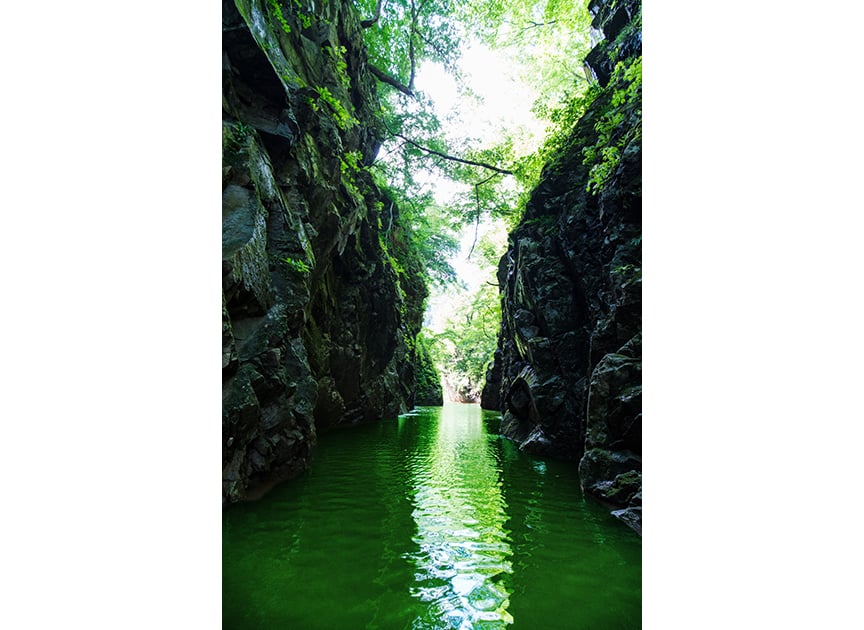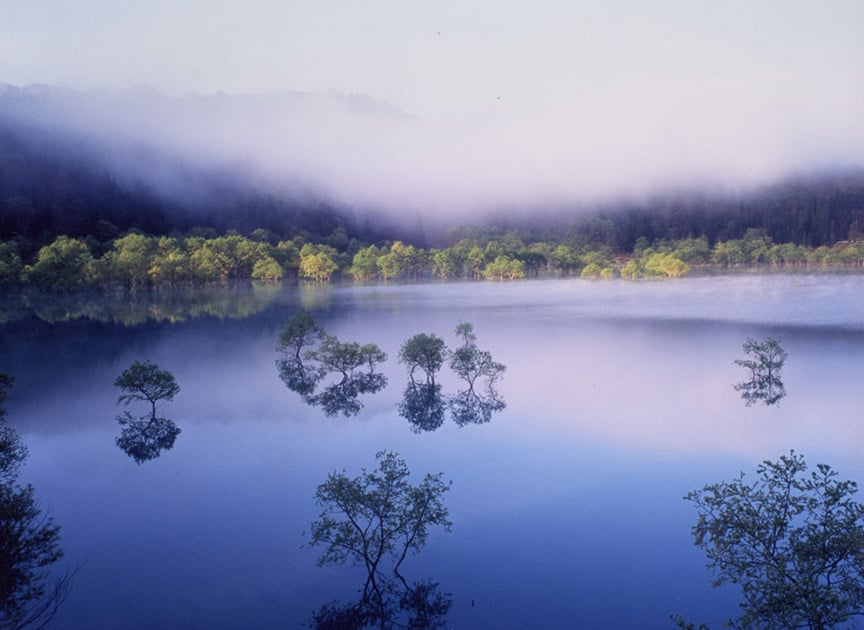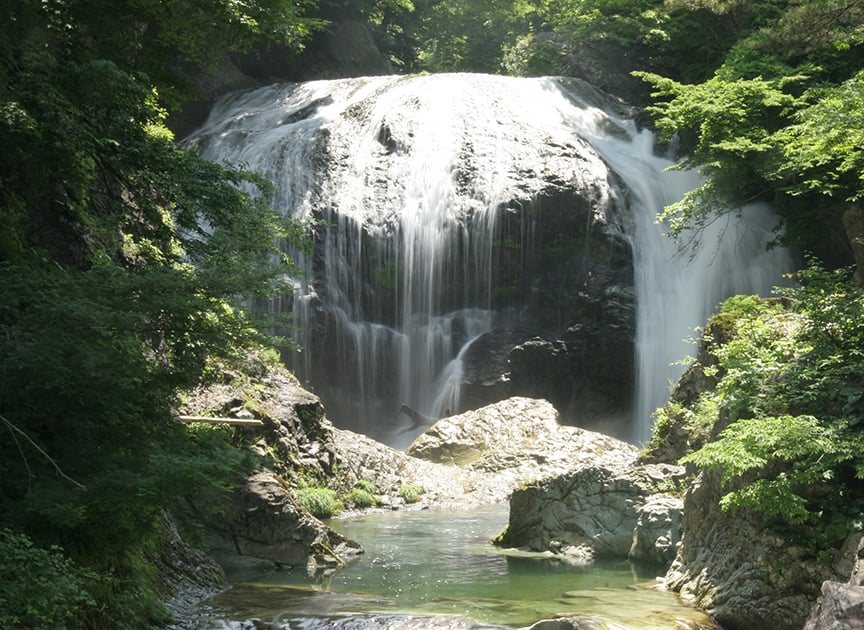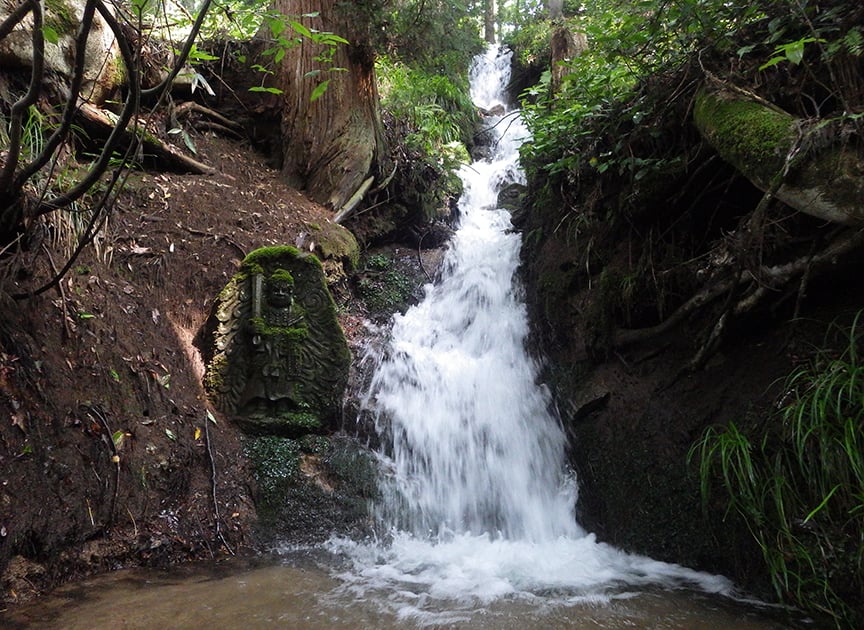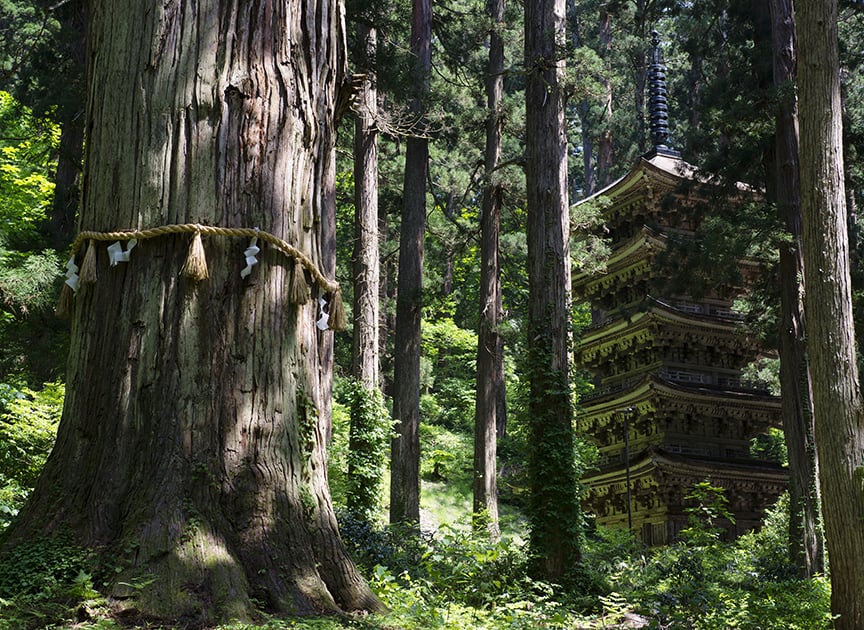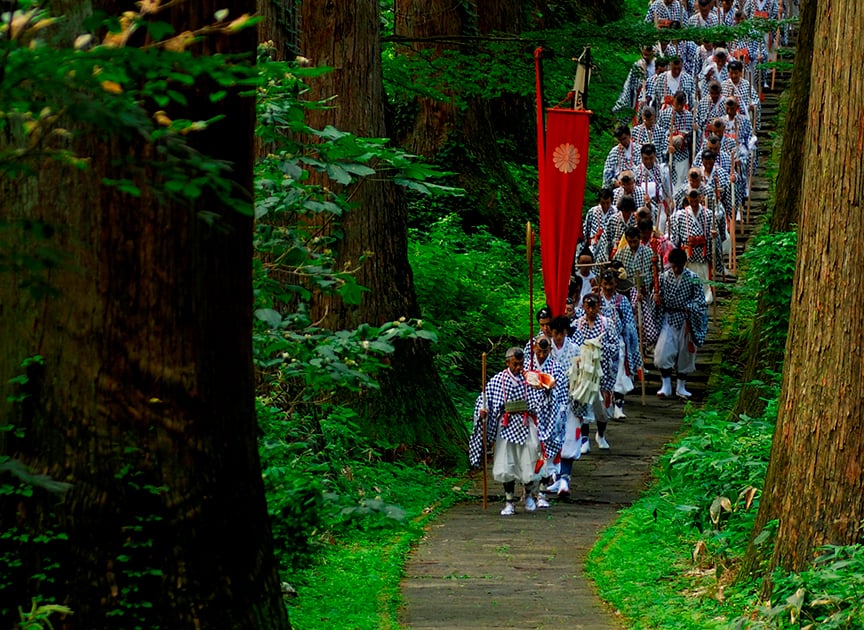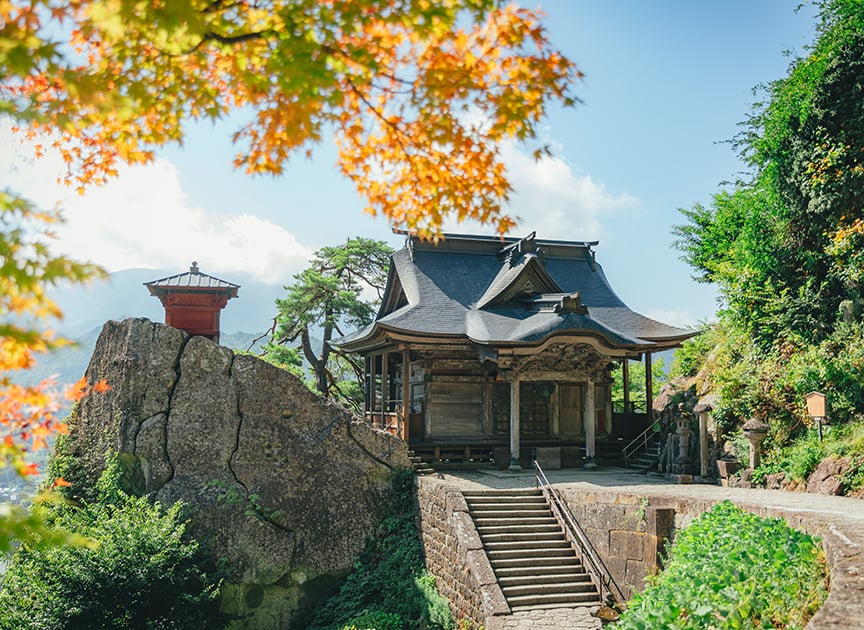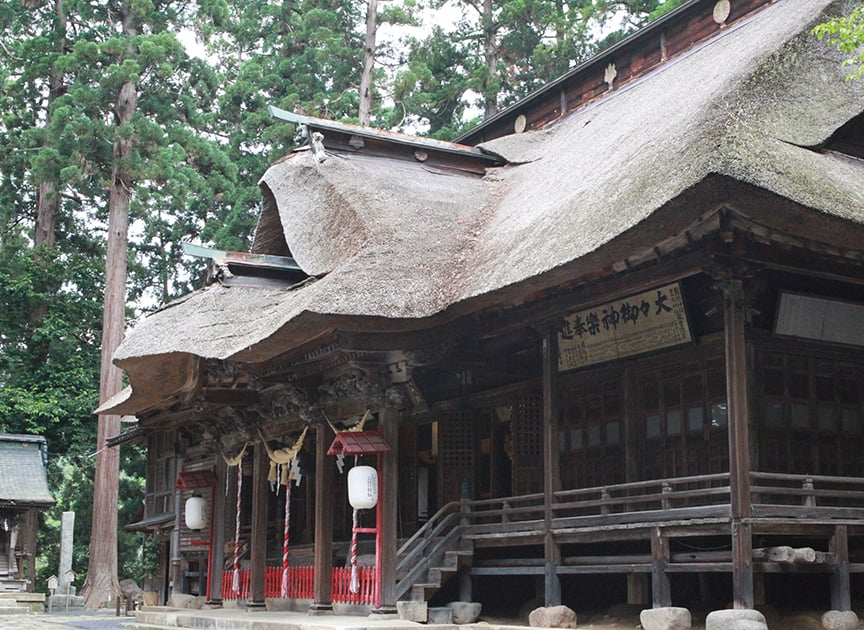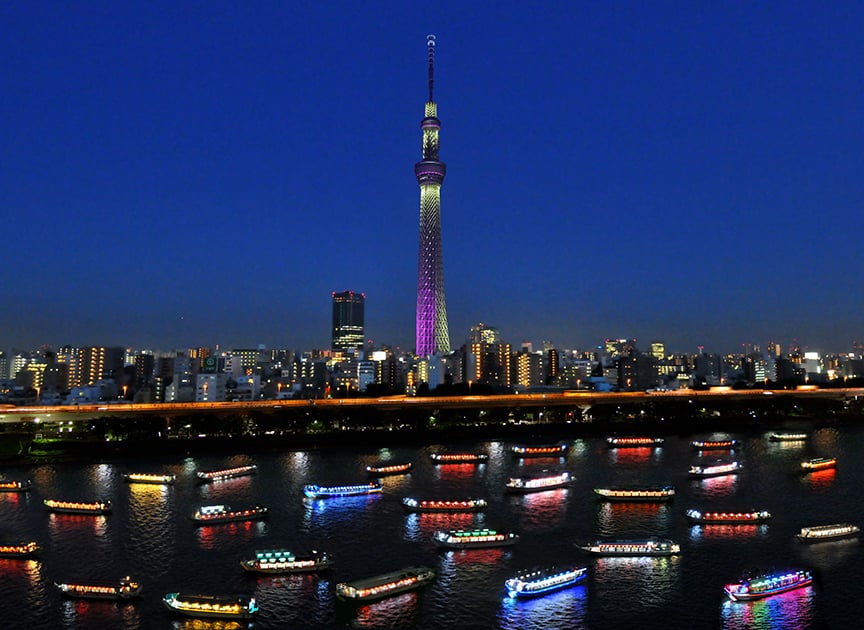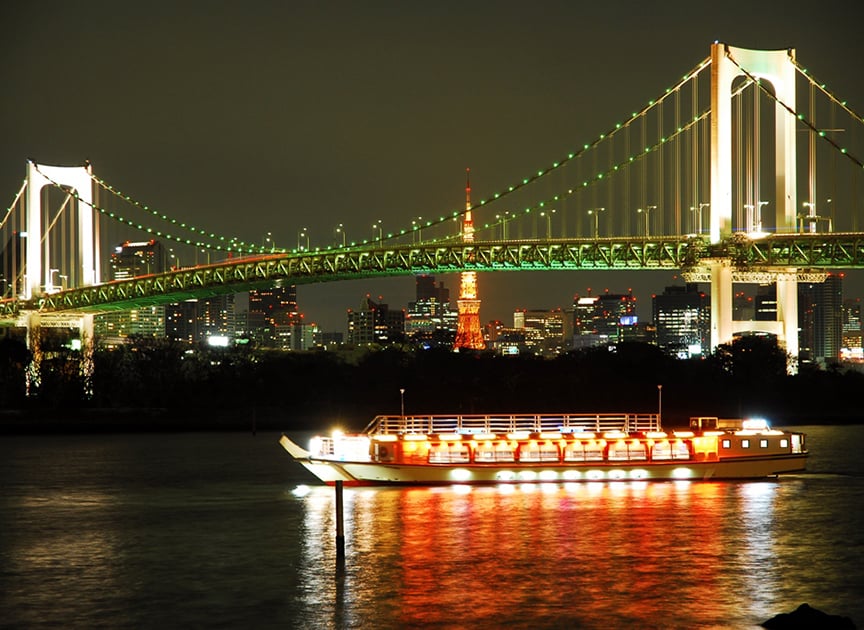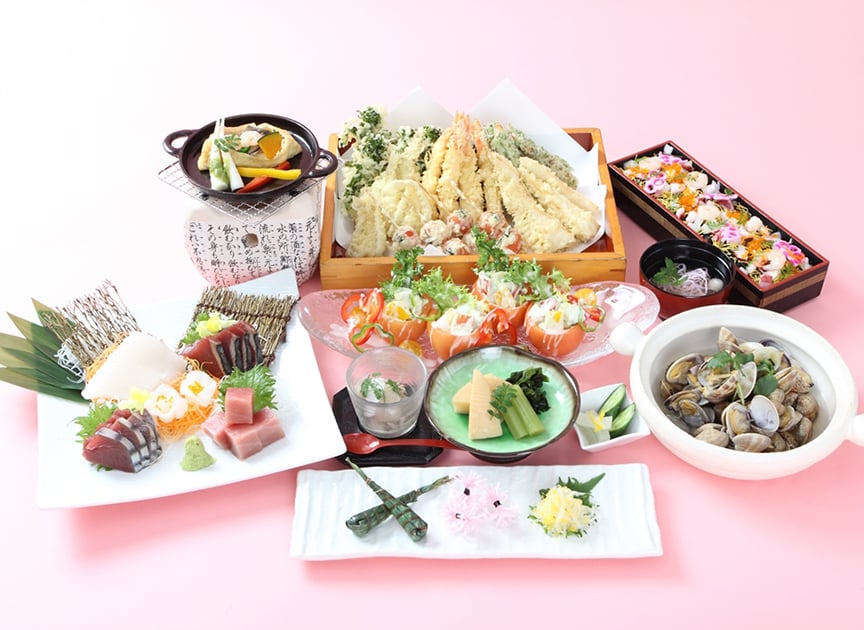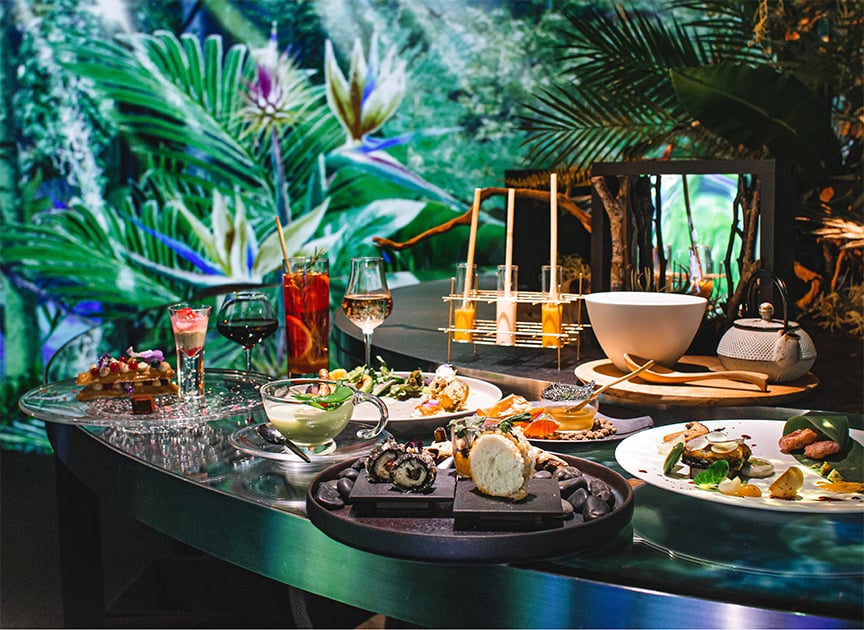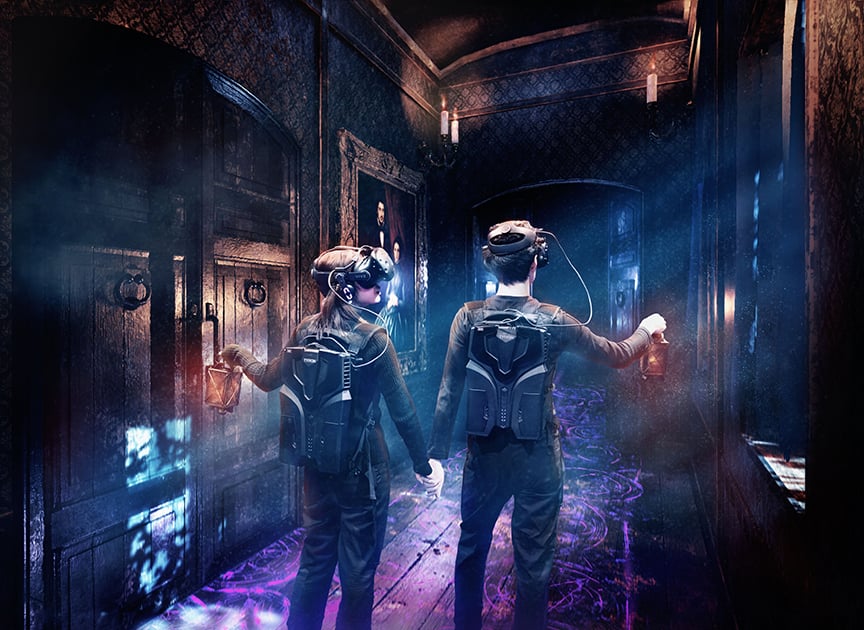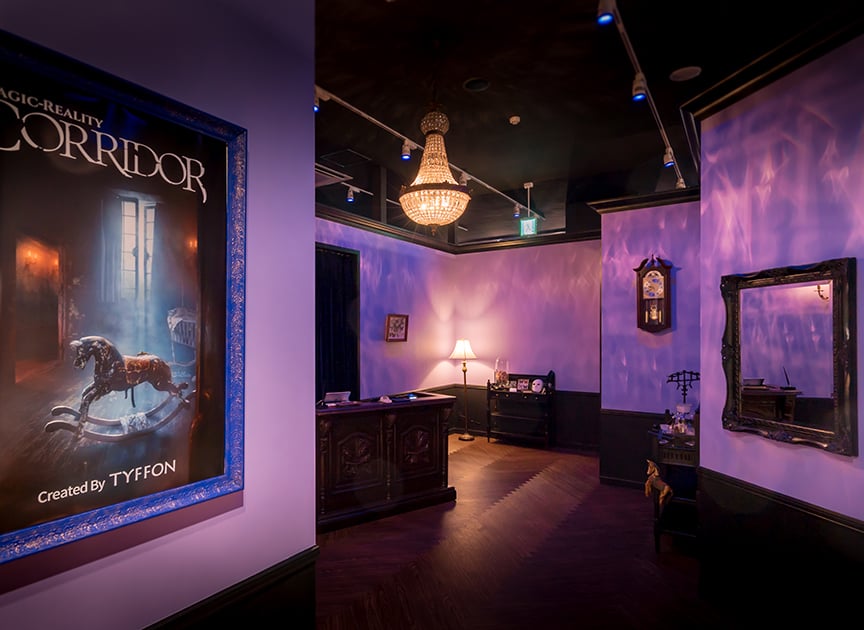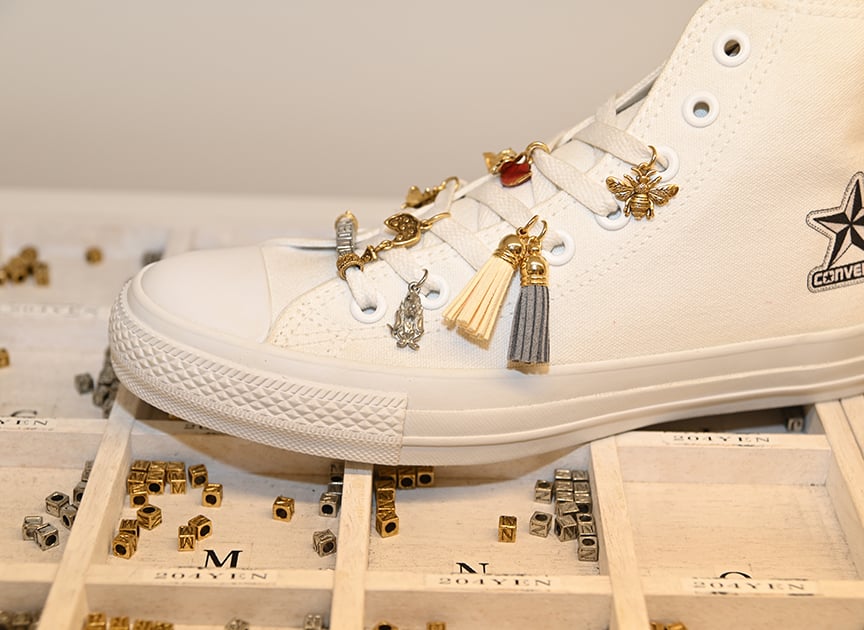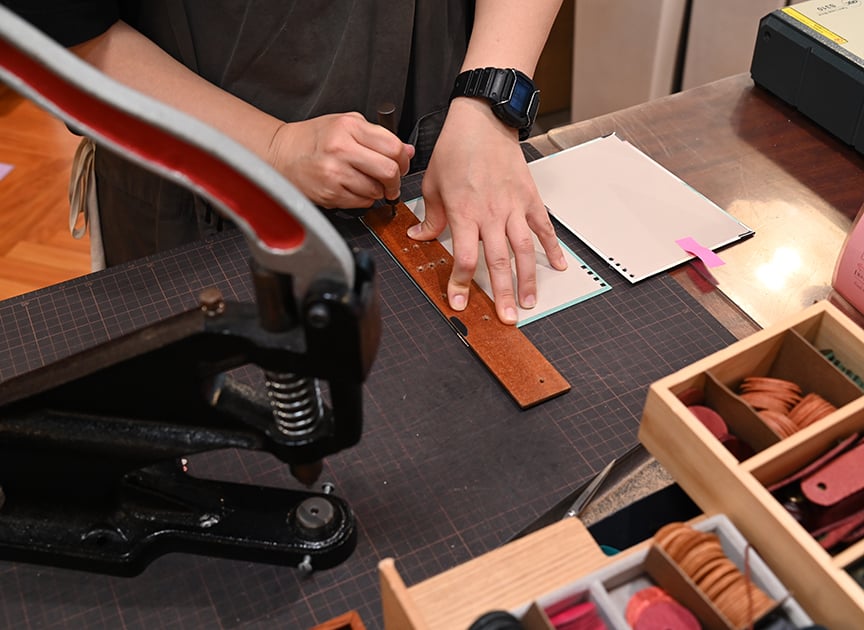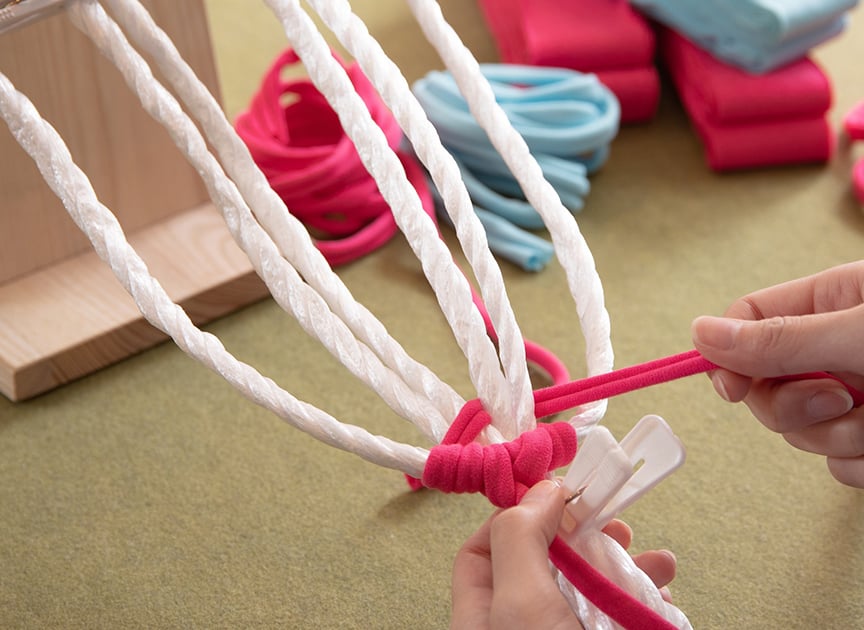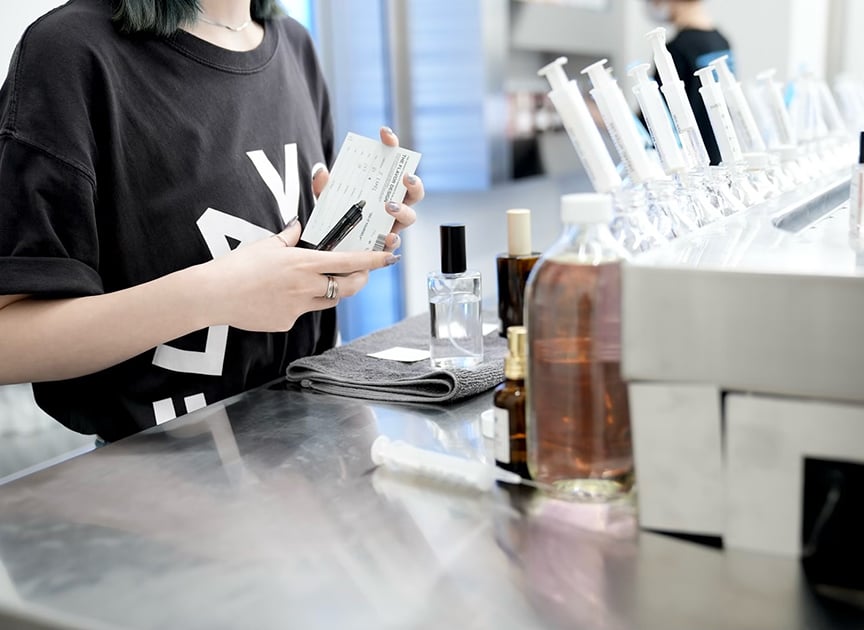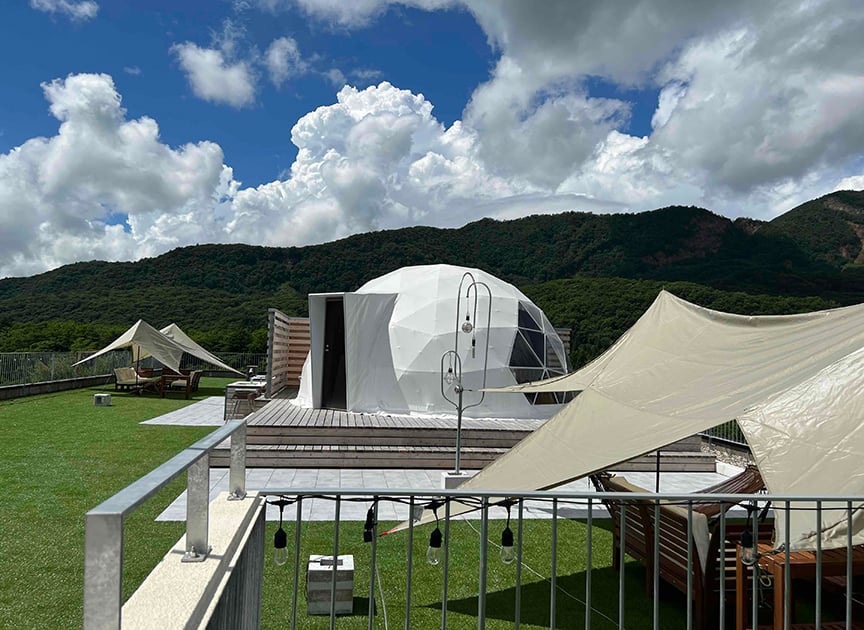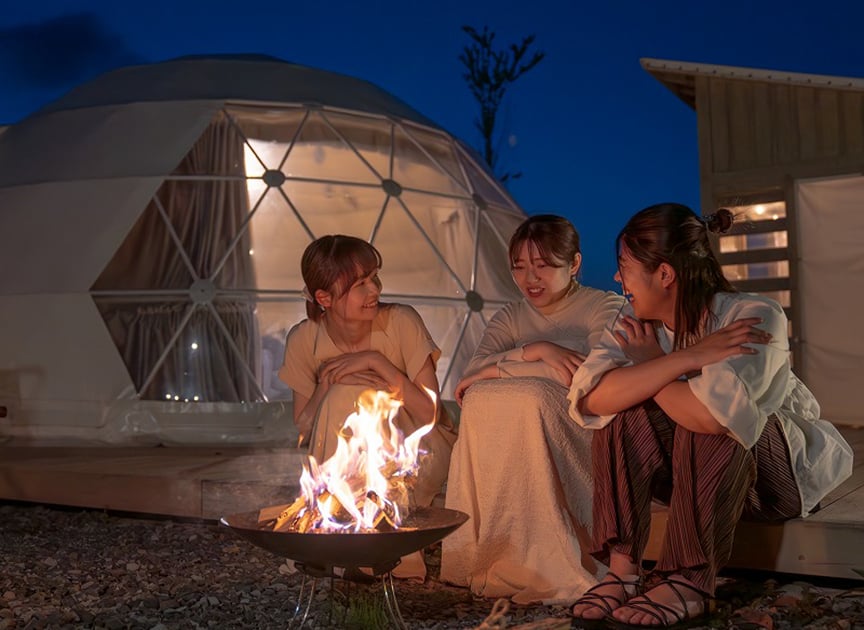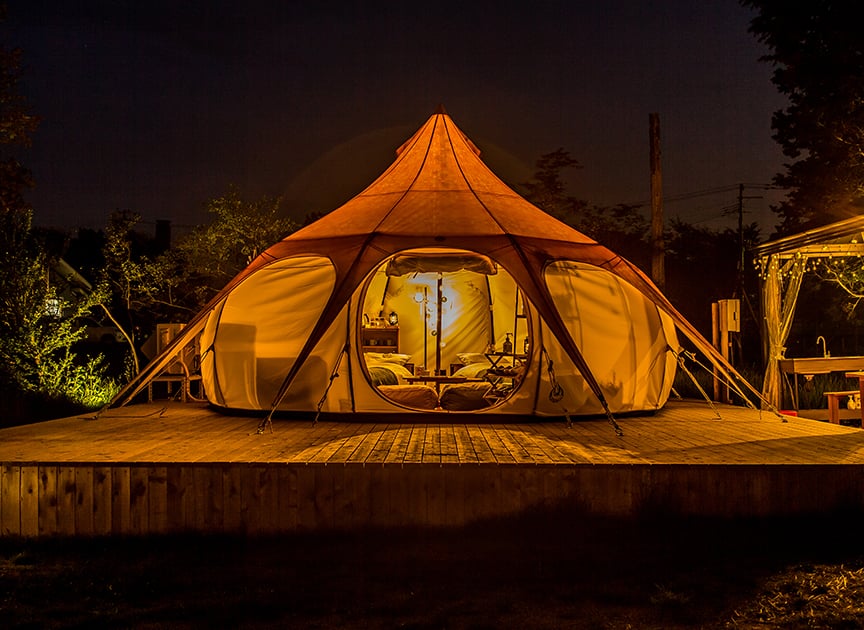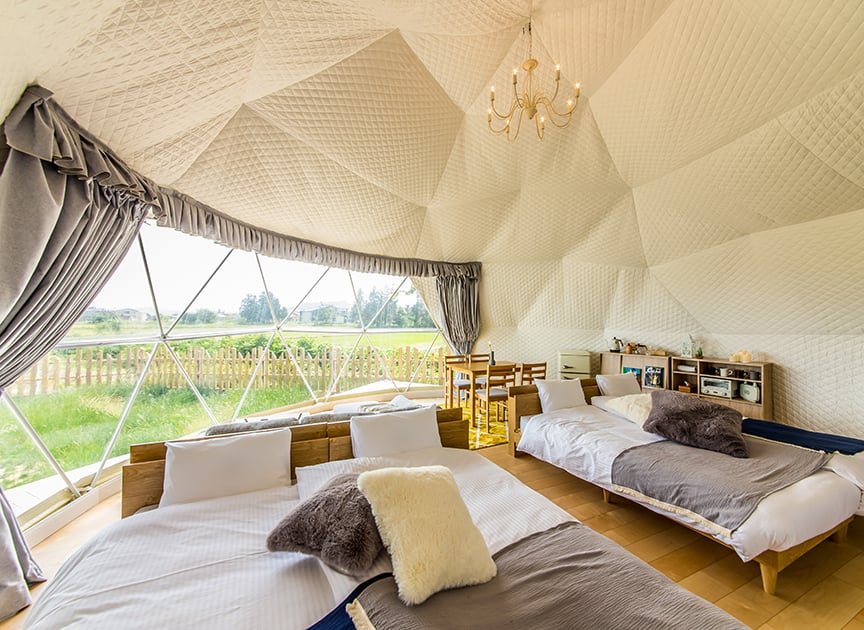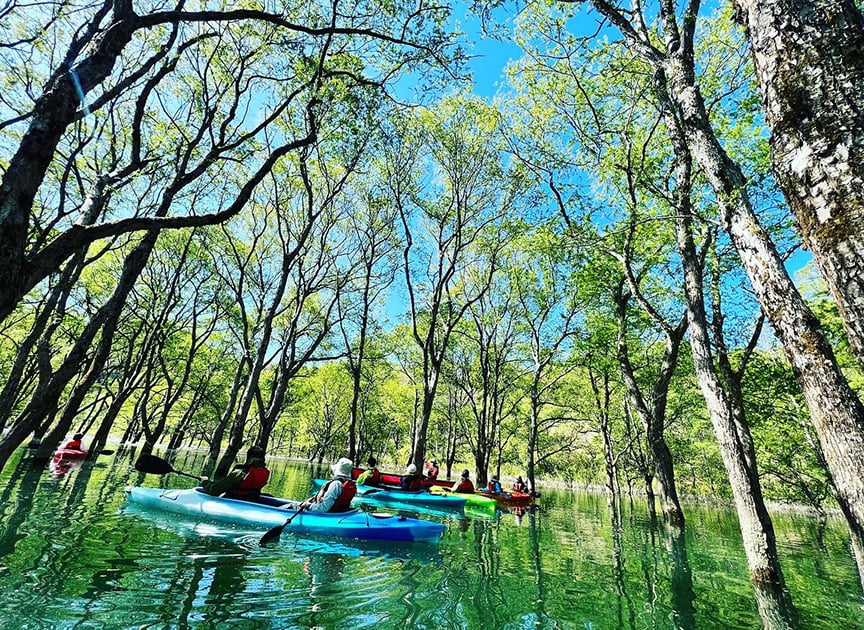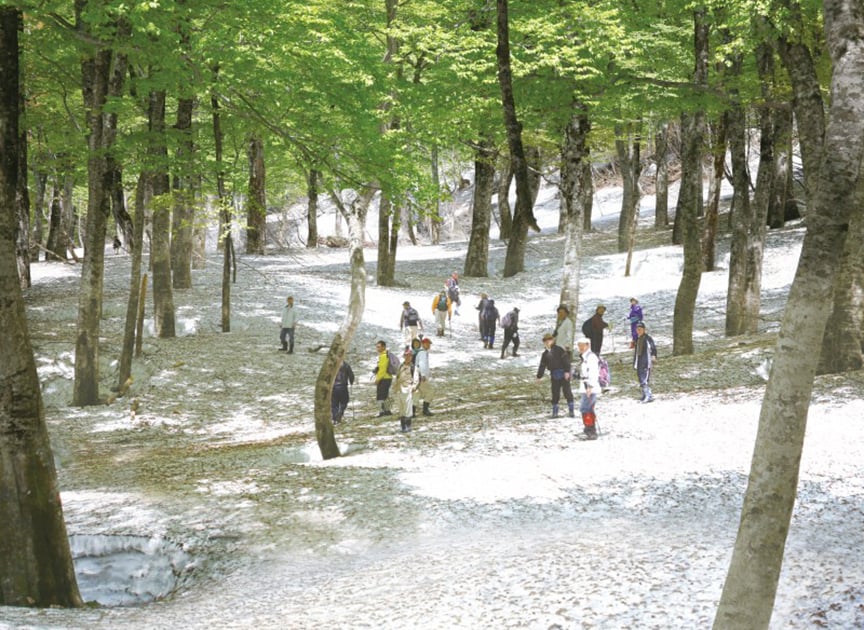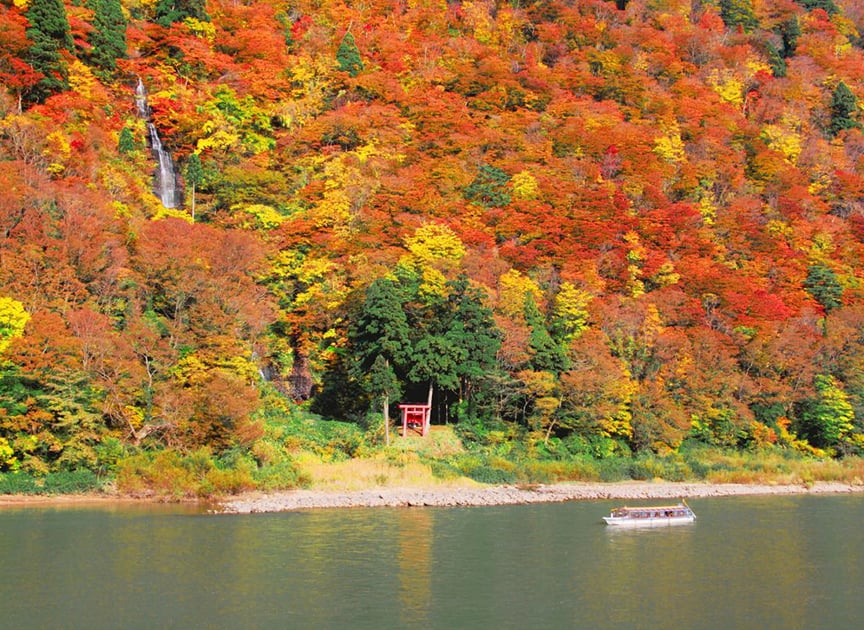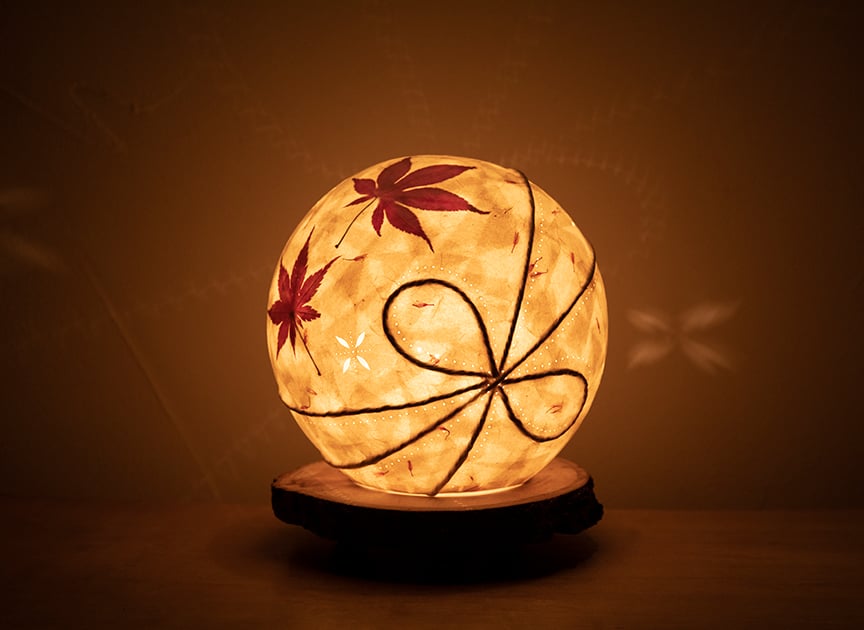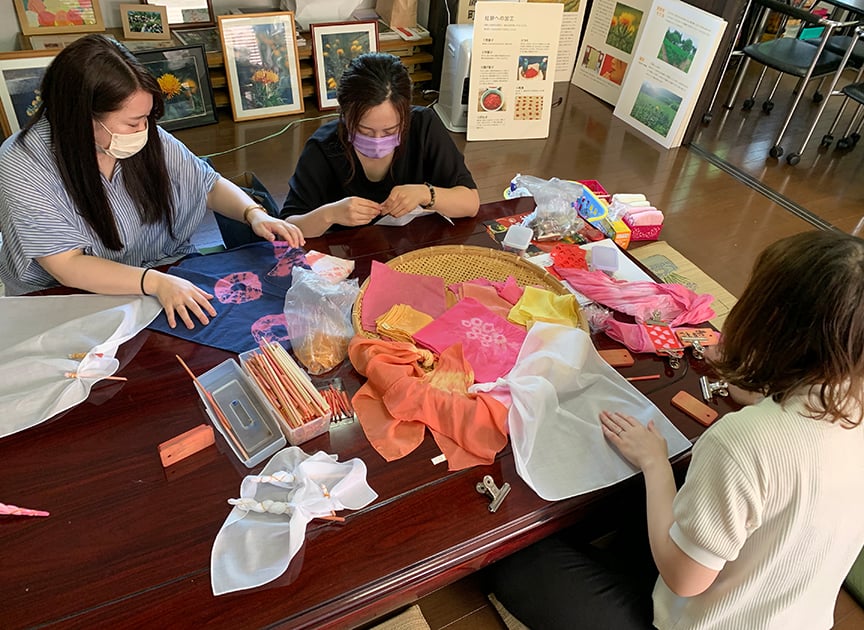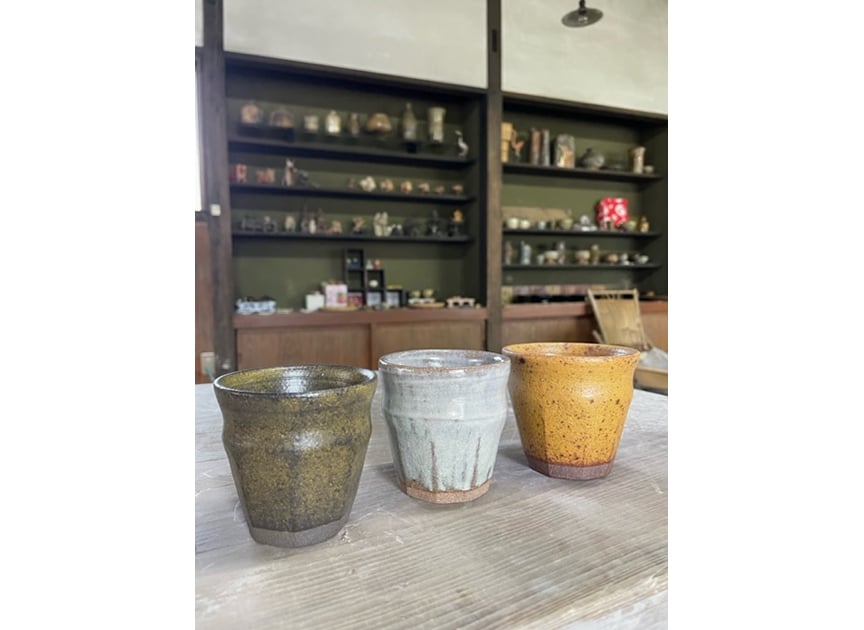Yamagata
Vol.02Refresh your mind and body amid abundant nature! How about taking a transformative journey to Yamagata, a prefecture steeped in history?
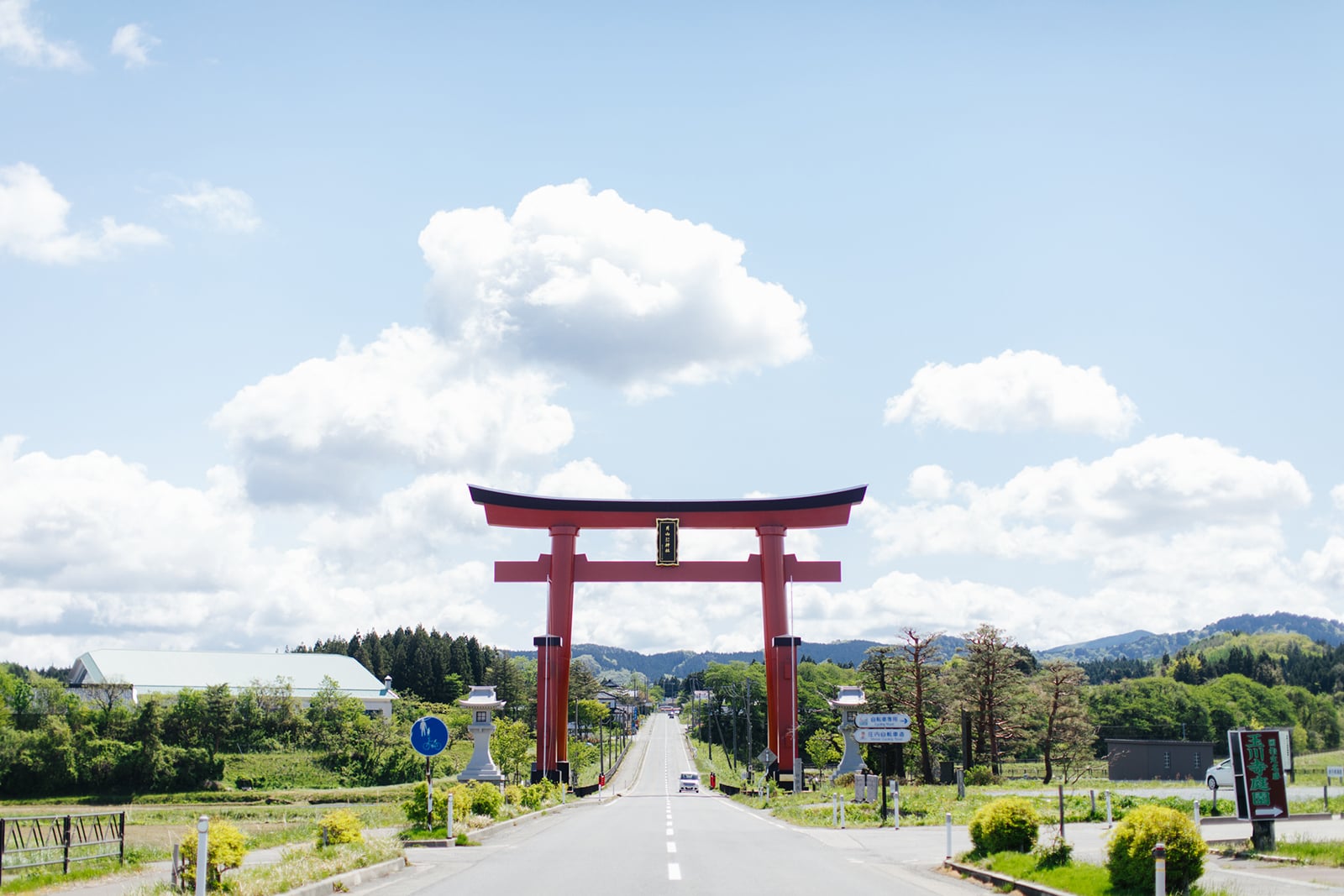
Yamagata has numerous natural and historical sites, including Dewa Sanzan (the three sacred mountains of Dewa), which is well known for being representative of mountain worship in Japan. This article introduces a journey to “find yourself again” that visits spots in Yamagata where you can refresh both mind and body! Of course, this includes Instagrammable places like the Jellyfish Dream Theater and Sankyo Rice Storehouse! Transformative, value-changing experiences await you, such as faith and traditional culture that have been passed down for generations.
Produced by RETRIP
Table of contents of this summary article
- Day One
- 9:00 Set out for Mt. Haguro’s row of cedar trees, a picturesque spot awarded three stars by the Michelin Green Guide.
- 10:00 Undergo a transformative journey at Dewa Sanzan Shrine.
- 11:00 Enjoy vegetarian food attentively prepared at a “shukubo.”
- 13:00 View a statue of the Madonna that is unique in all the world.
- 14:00 Get a seasonal shrine stamp at Shonai Shrine, famous for “hana chozu.”
- 15:00 Get to know Tsuruoka’s history and culture at Chido Museum.
- 16:30 Enjoy a sweeping view of the Sea of Japan from both your room and the onsen!
- Day Two
- 10:00 Enter a world of fantastical jellyfish!
- 12:00 Enjoy Shonai foods with your eyes and palate.
- 14:00 Visit the Sankyo Rice Storehouses, symbol of the rice-producing region of Shonai.
- 15:30 Visit a historical “ryotei” facility where you can experience traditional culture.
Day One
9:00 Set out for Mt. Haguro’s row of cedar trees, a picturesque spot awarded three stars by the Michelin Green Guide.

This journey begins from Mt. Haguro. Stretching along both sides of the approximately 2-kilometer shrine path from Zuishin Gate to the mountaintop is a row of 350–500 year-old cedar trees that have been nationally designated special natural treasures.

As you climb the path’s stone steps amid awe-inspiring nature and a sacred atmosphere, you’ll feel a calmness come over you. It takes about an hour to reach the mountaintop. That hour becomes a special time of self-reflection.
10:00 Undergo a transformative journey at Dewa Sanzan Shrine.

Dewa Sanzan has long been a focus of faith as the place to go for a journey of rebirth through the present, past, and future. Mt. Haguro is regarded as the mountain for praying for happiness in this world, Mt. Gassan for a comfortable and peaceful afterlife, and Mt. Yudono for rebirth. However, it must be quite difficult to travel to the three mountains, right?
Actually, you can receive the blessings of all three mountains by visiting Dewa Sanzan Shrine at the top of Mt. Haguro since it enshrines the gods of Mt. Gassan, Mt. Haguro, and Mt. Yudono.
11:00 Enjoy vegetarian food attentively prepared at a “shukubo.”

For lunch, we recommend having “shojin ryori” (a vegetarian meal) at a “shukubo” (temple lodging)! Saikan, which was originally a temple called a Kezo-in, is a shukubo where you can experience the local atmosphere and “yamabushi” (mountain priest) culture.

Here, you can try thoughtfully prepared shojin ryori, a tradition of the yamabushi that has continuously been passed down.
Take your time and savor dishes made with seasonal mushrooms and wild vegetables picked at the foot of Mt. Haguro in a place enveloped in a mystical aura.
13:00 View a statue of the Madonna that is unique in all the world.

Leave Mt. Haguro and head to Tsuruoka. Look for the red tower that stands out against the white exterior of the next destination, the cathedral of the Catholic Tsuruoka Church.

The white-walled sanctuary built in 1903 has been designated a national important cultural property as a fine example of Romanesque architecture. It has many points of note, including window paintings created by a technique different from stained glass! This is the only place in Japan where you can see the globally rare black Madonna statue.
14:00 Get a seasonal shrine stamp at Shonai Shrine, famous for “hana chozu.”

The next destination is Shonai Shrine, about a five-minute car ride away. The shrine is located where the main enclosure of Tsurugaoka Castle once stood and was built in 1877 by the people of Shonai out of admiration for the Sakai family, the former feudal lord. Even now it is commonly known by the nickname, Jinjahan.

This shrine is famous for its seasonal “hana chozu” (display of flowers in the shrine handwashing basin) and “goshuin” (shrine stamps). There are ordinary goshuin and seasonal flower ones. Both soothe the spirit just by looking at them.
15:00 Get to know Tsuruoka’s history and culture at Chido Museum.

The final stop of the first day is Chido Museum right next to Shonai Shrine. The museum has extensive displays of cultural assets handed down from the Sakai Clan that once ruled the Shonai Domain, and materials that give a sense of the history and culture of Shonai. Three important cultural properties worth seeing that have been relocated and preserved there are open to the public.

You can enjoy a view of the city and Mt. Gassan from the second-floor balcony of the old Tsuruoka Police Station, recognizable for its striking blue exterior walls. You should also be sure to view the Sakai family garden constructed in shoin-zukuri style, a rarity in the Tohoku region, and the National Important Folklore Cultural Assets Storage Facility where you can see the lifestyle and culture of the Shonai region.
16:30 Enjoy a sweeping view of the Sea of Japan from both your room and the onsen!

When the day’s sightseeing is over, find your way to Yusuitei Isagoya.
This onsen inn boasts traditional Japanese meals prepared with foods from the Sea of Japan that you can only savor in the Shonai city of gastronomy. Then you can spend some luxurious, restful downtime in your room with an expansive picturesque view from the window that looks just like a masterpiece painting.

We also recommend the private spa where you can have the ultimate relaxation experience, perhaps sipping champagne as you listen to the sound of the waves.
Day Two
10:00 Enter a world of fantastical jellyfish!

Day 2 begins at Kamo Aquarium, famous for jellyfish! You’ll want to snap commemorative photos in front of the Jellyfish Dream Theater where approximately 10,000 moon jellyfish swim in a tank measuring 5 meters across.
Kamo Aquarium features the biggest variety of jellyfish exhibits in the world. You’re sure to be mesmerized by the undulating jellyfish that shimmer with light. We also recommend the soft serve jellyfish ice cream topped with bits of jellyfish that is available at the snack bar.
12:00 Enjoy Shonai foods with your eyes and palate.

After being fully immersed in the magical world of jellyfish, have lunch at a secluded house and savor carefully selected foods from Shonai.

You’ll find your mood lifting just being in this restaurant located inside a 160-year-old sake brewery building that quietly and beautifully reminds us of days past. It is furnished with antique pieces from Japan and abroad. In this sumptuous atmosphere, you can enjoy a lunch that makes the most of Yamagata beef, and seafood and vegetables from Shonai. Diners can fully delight in the wonderful foods of Yamagata prepared with ingredients that differ by season.
14:00 Visit the Sankyo Rice Storehouses, symbol of the rice-producing region of Shonai.

Following lunch, go to Sakata’s most popular spot to take photos!
The Sankyo Rice Storehouses were built in 1893 to store rice and have become the symbol of the rice-producing region of Shonai. It is a beautiful setting highlighted against the backdrop of the black storehouse walls and a row of zelkova trees. The line of 35 zelkova trees dating back 150 years appears different in each season and captivates visitors.

You can also buy a variety of Sakata souvenirs at Sakata Yume no Kura, the facility for local tourism and products located inside the storehouse!
15:30 Visit a historical “ryotei” facility where you can experience traditional culture.

End your tour at Sanno Club. The former traditional high-class “ryotei” restaurant is representative of the port city of Sakata and has been designated a national registered tangible cultural property. This facility gives a broad introduction to the old ryotei culture and history of Sakata.

An exhibit of “kasafuku,” one of Japan’s three great hanging ornaments, can be seen from late February to early November. Each hanging ornament has a meaning and represents a wish.

There is also a hands-on kasafuku lesson where you can make your own hanging ornament.
*RETRIP Published in December 2023
*Information as of November 2023
